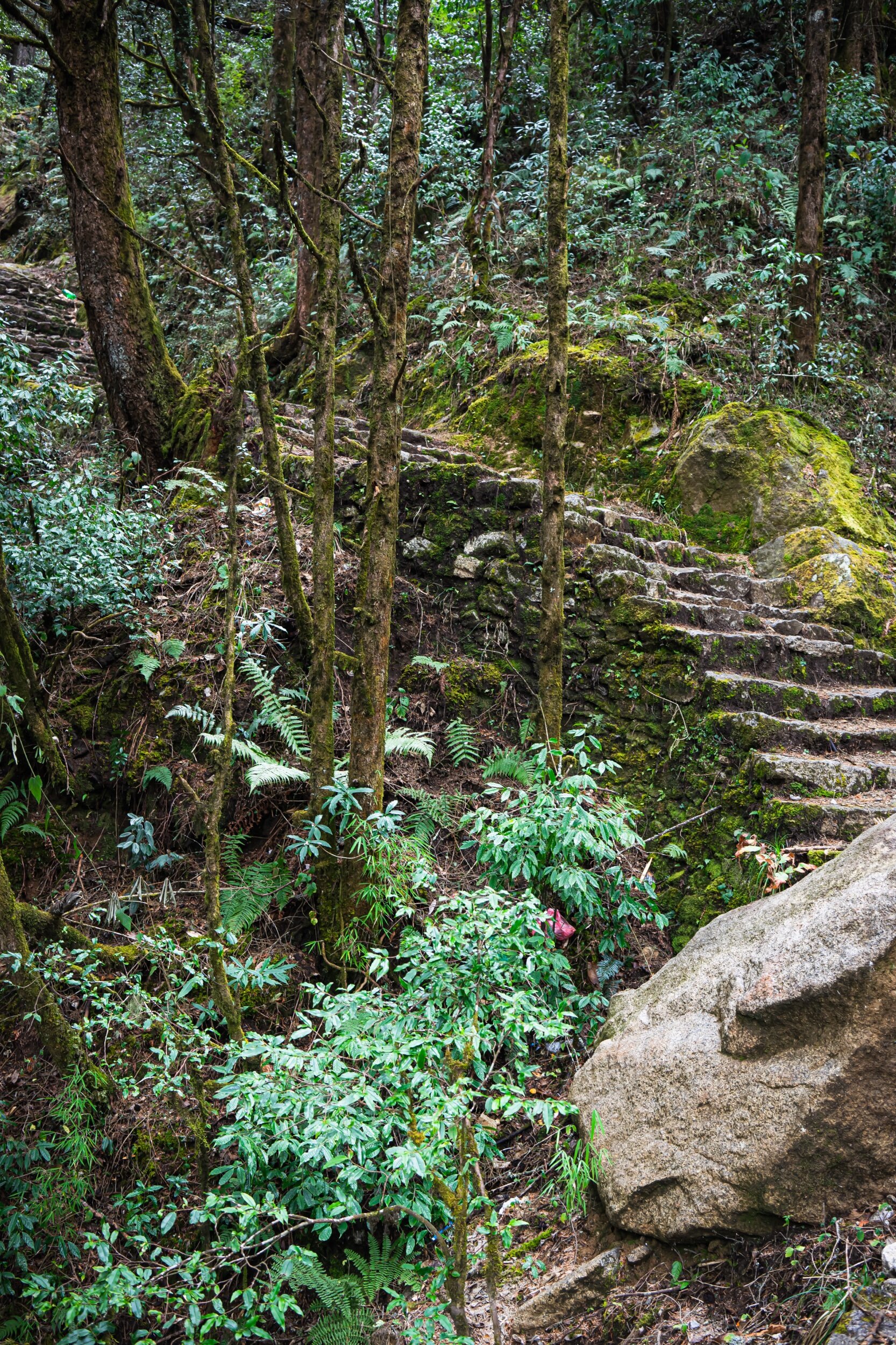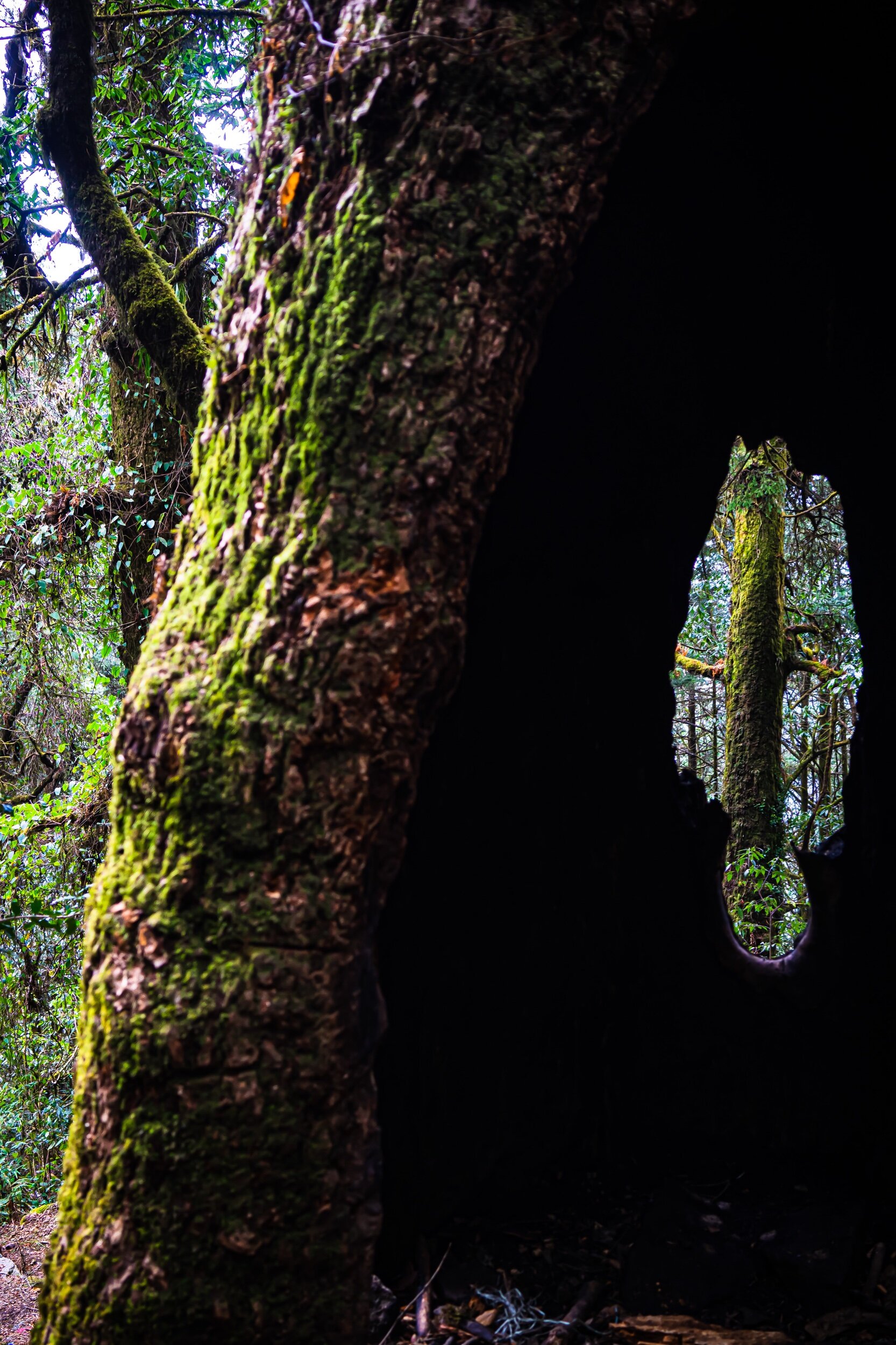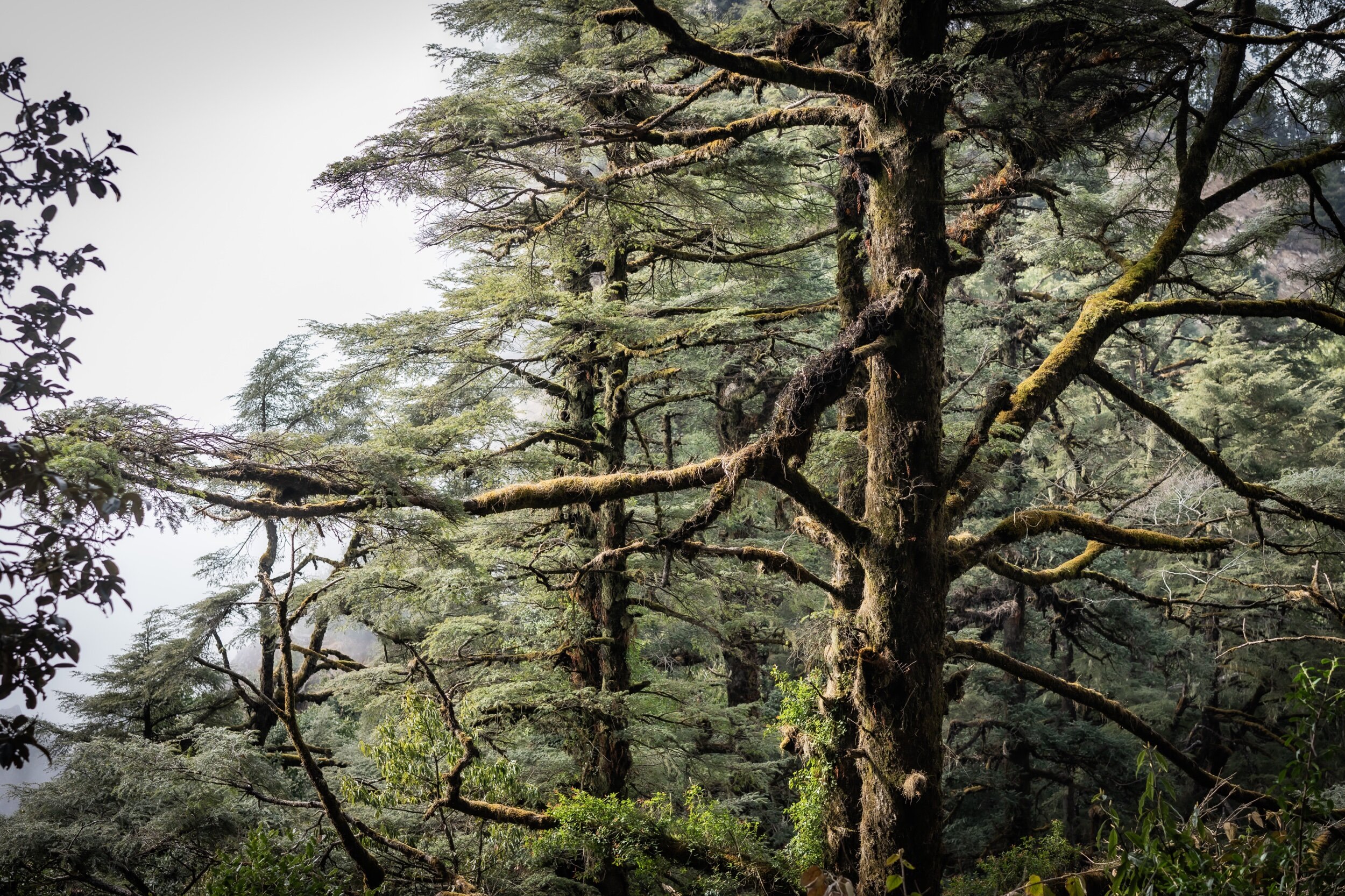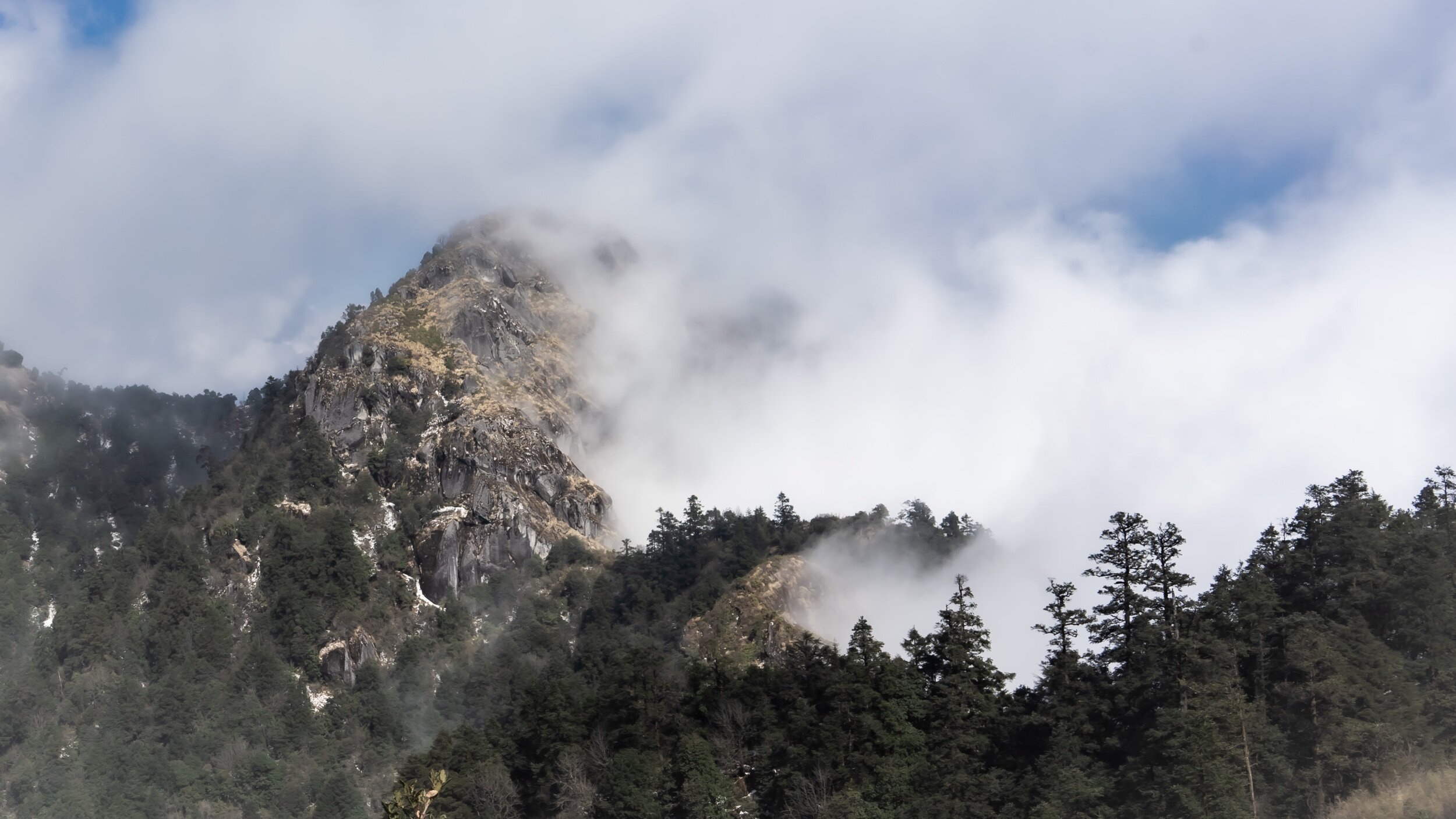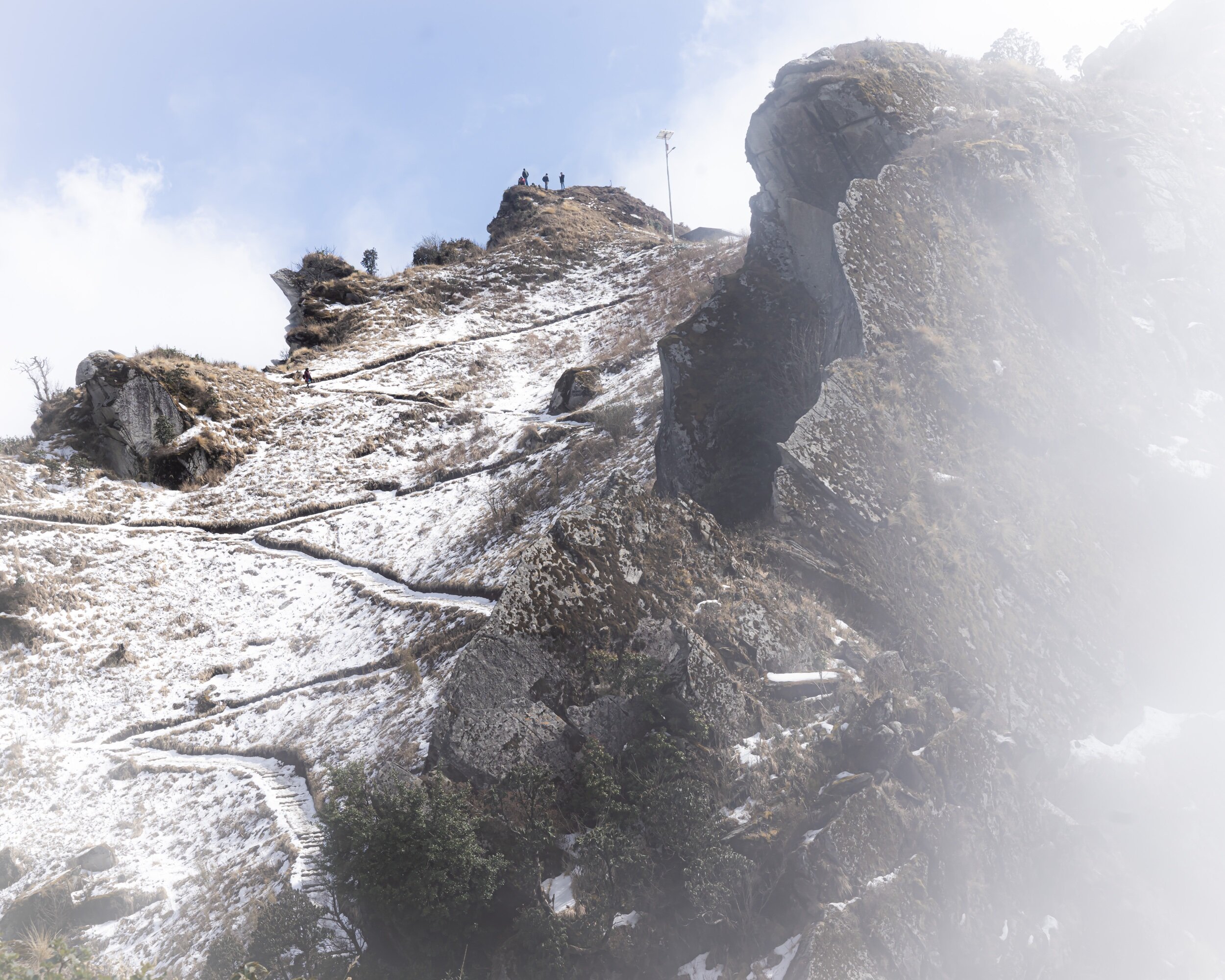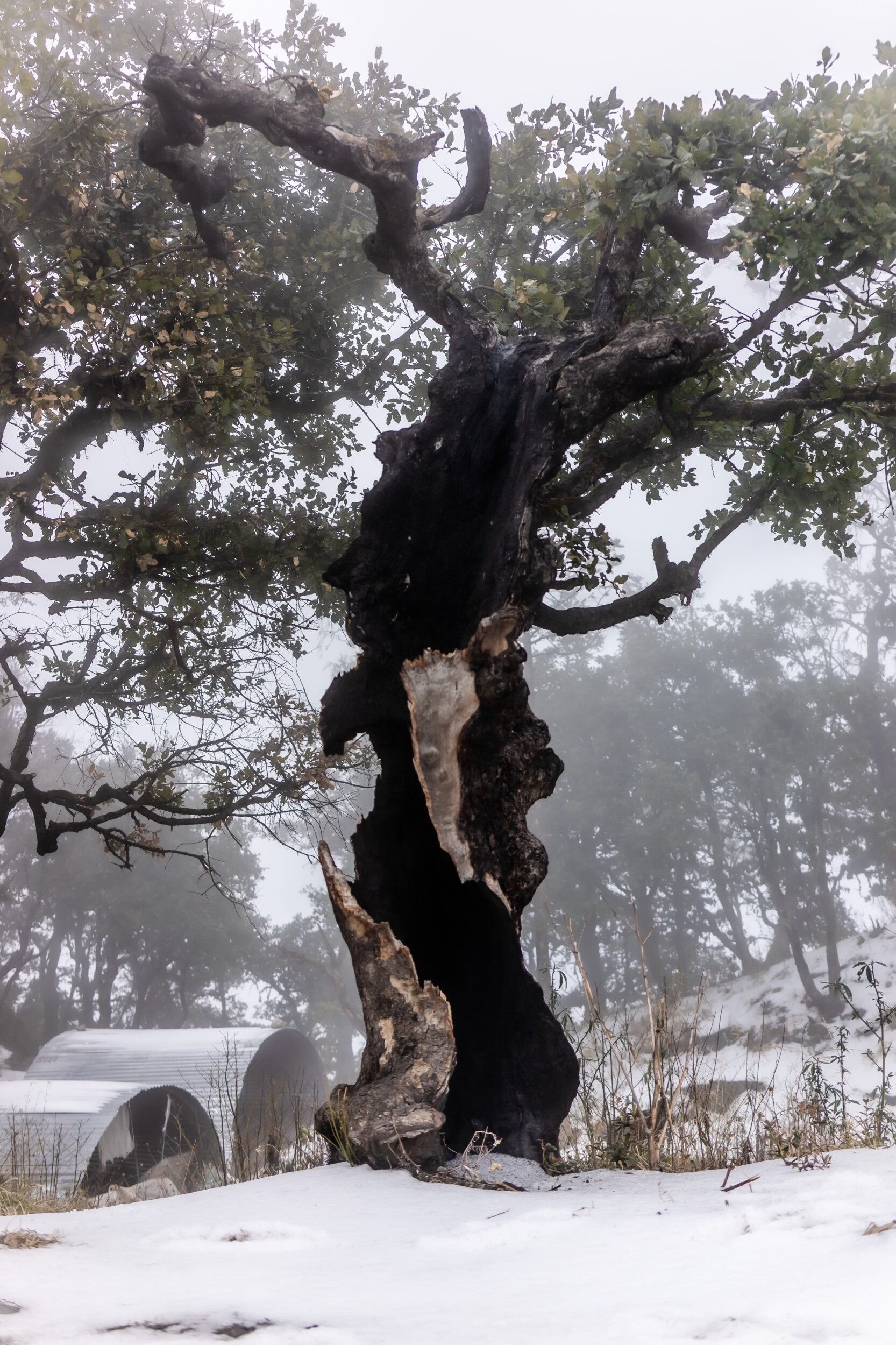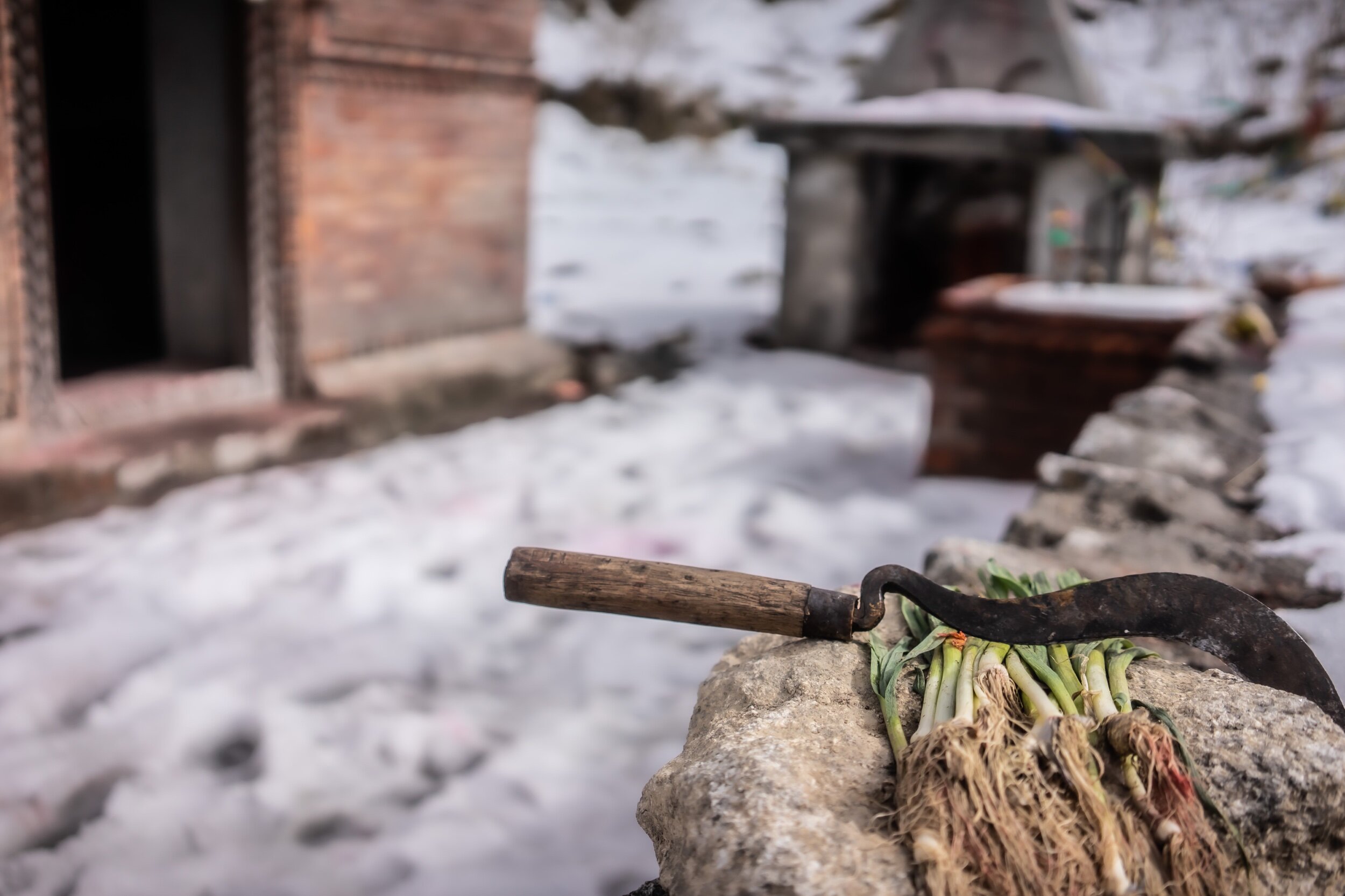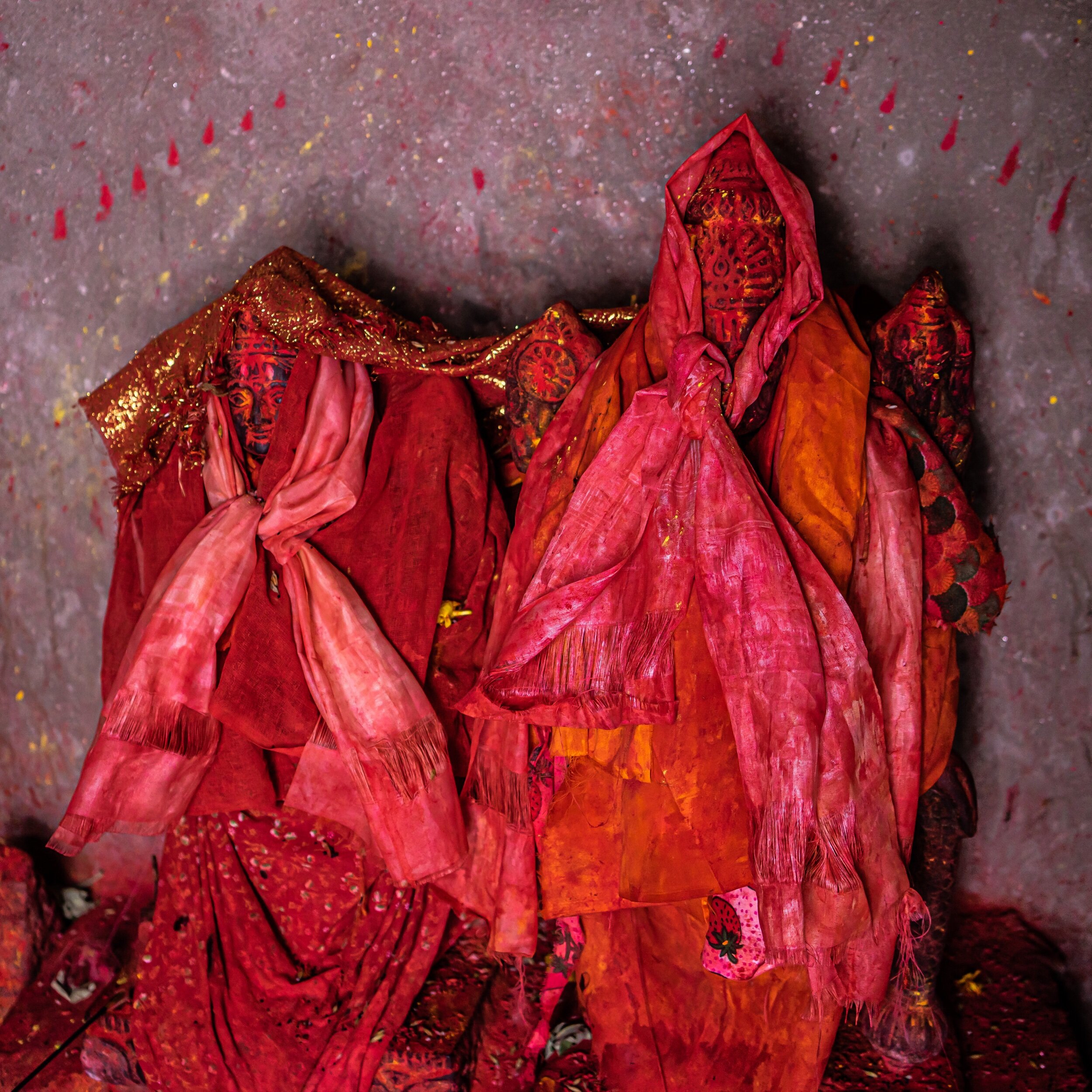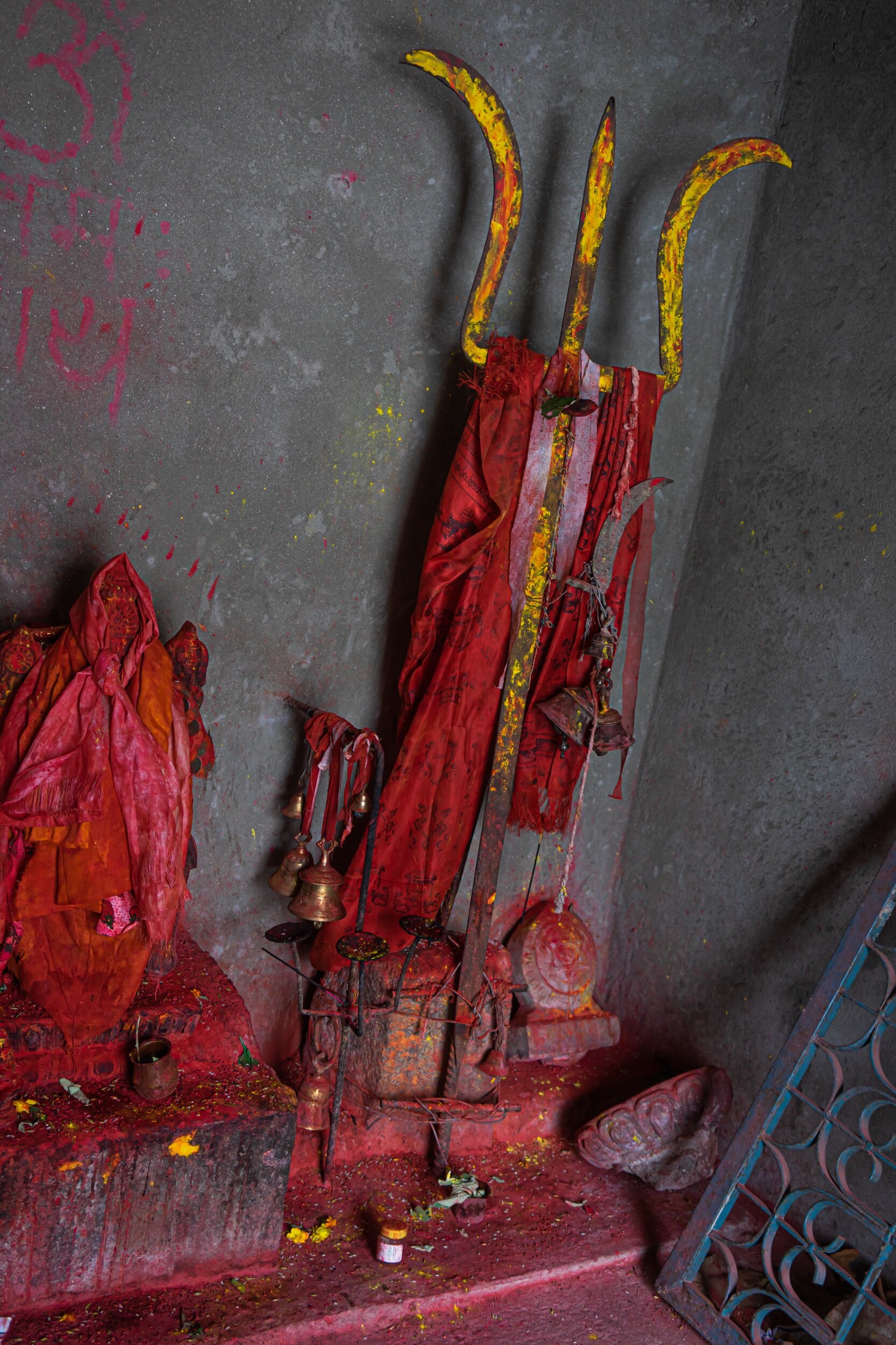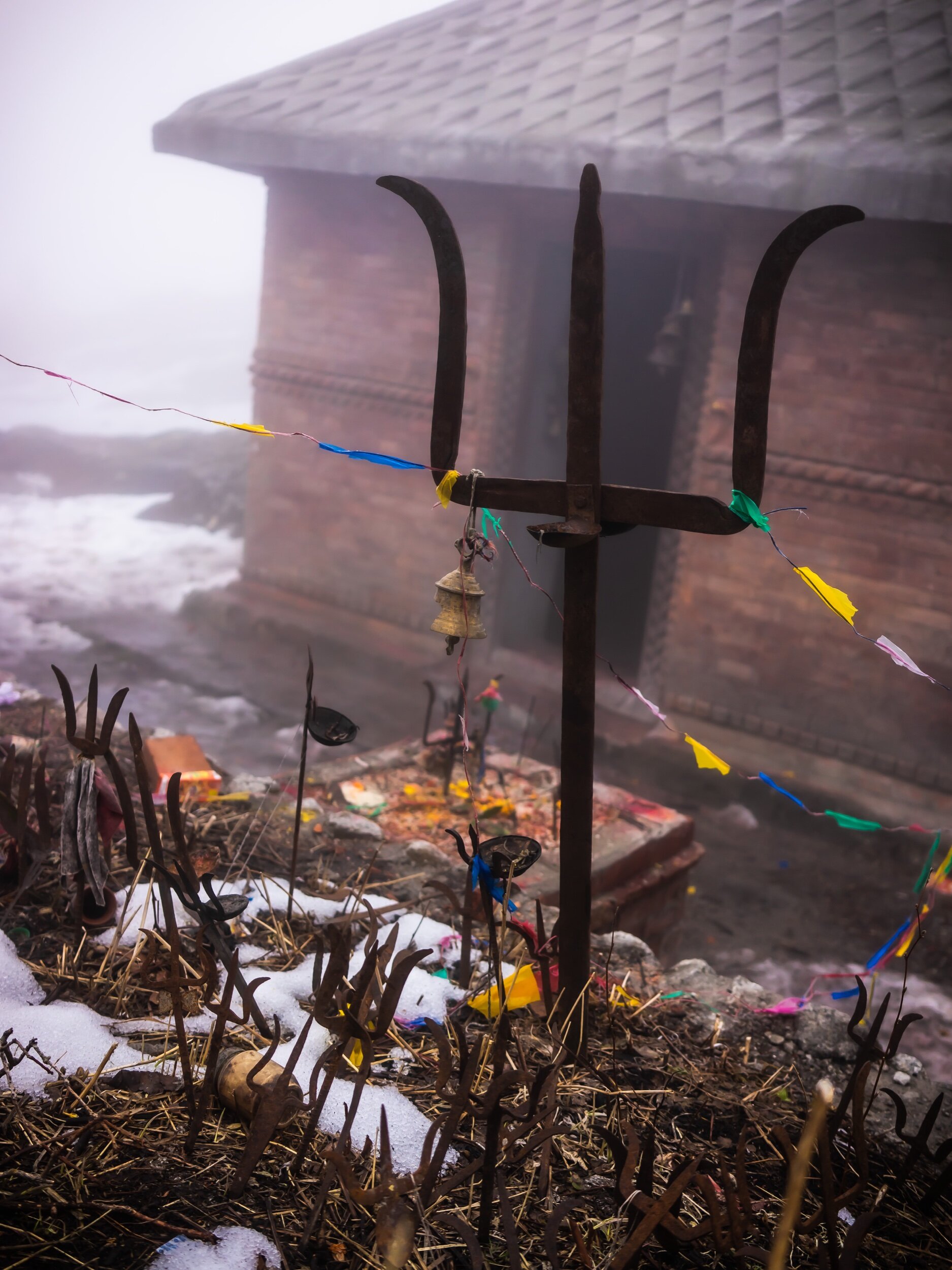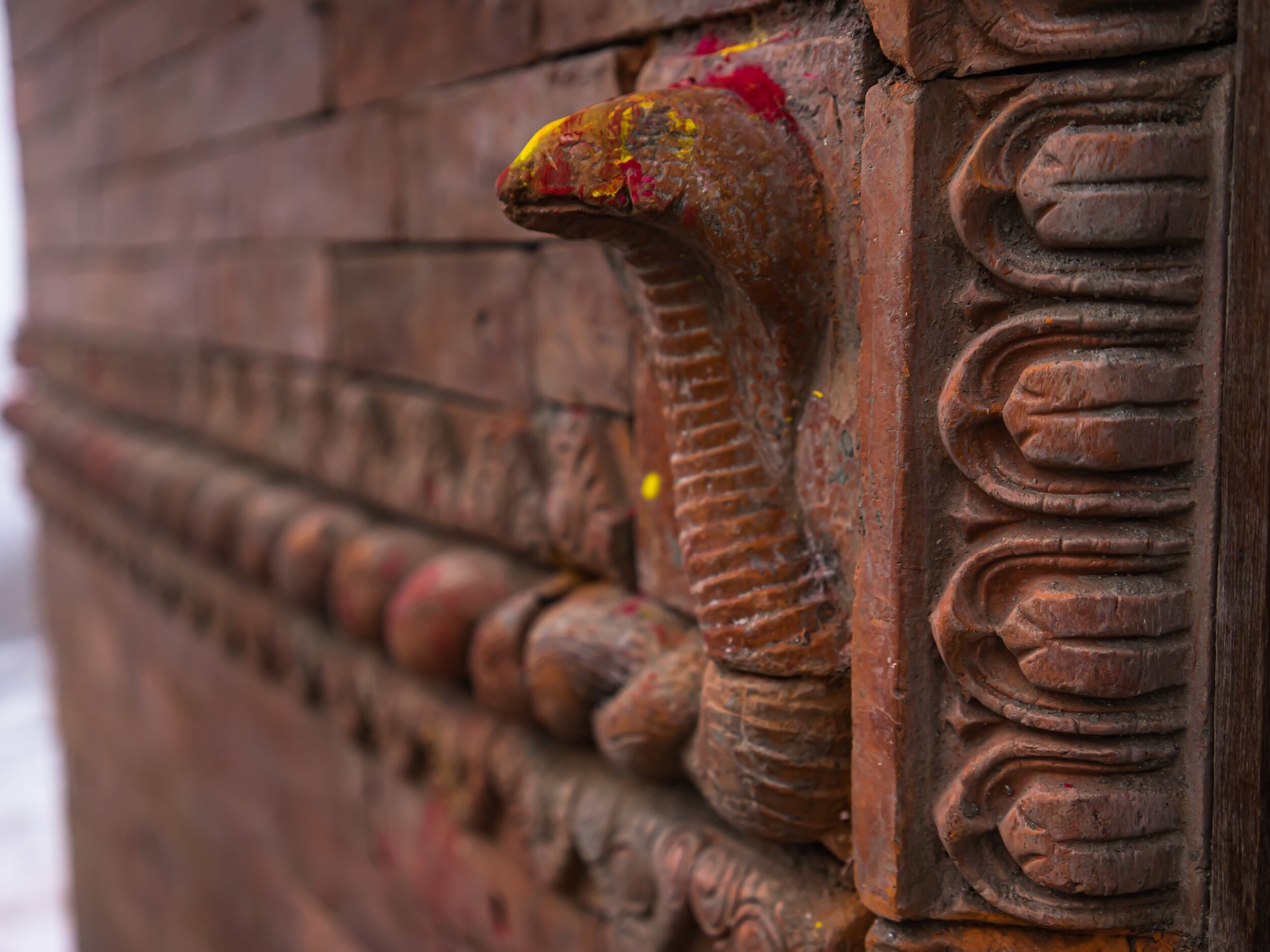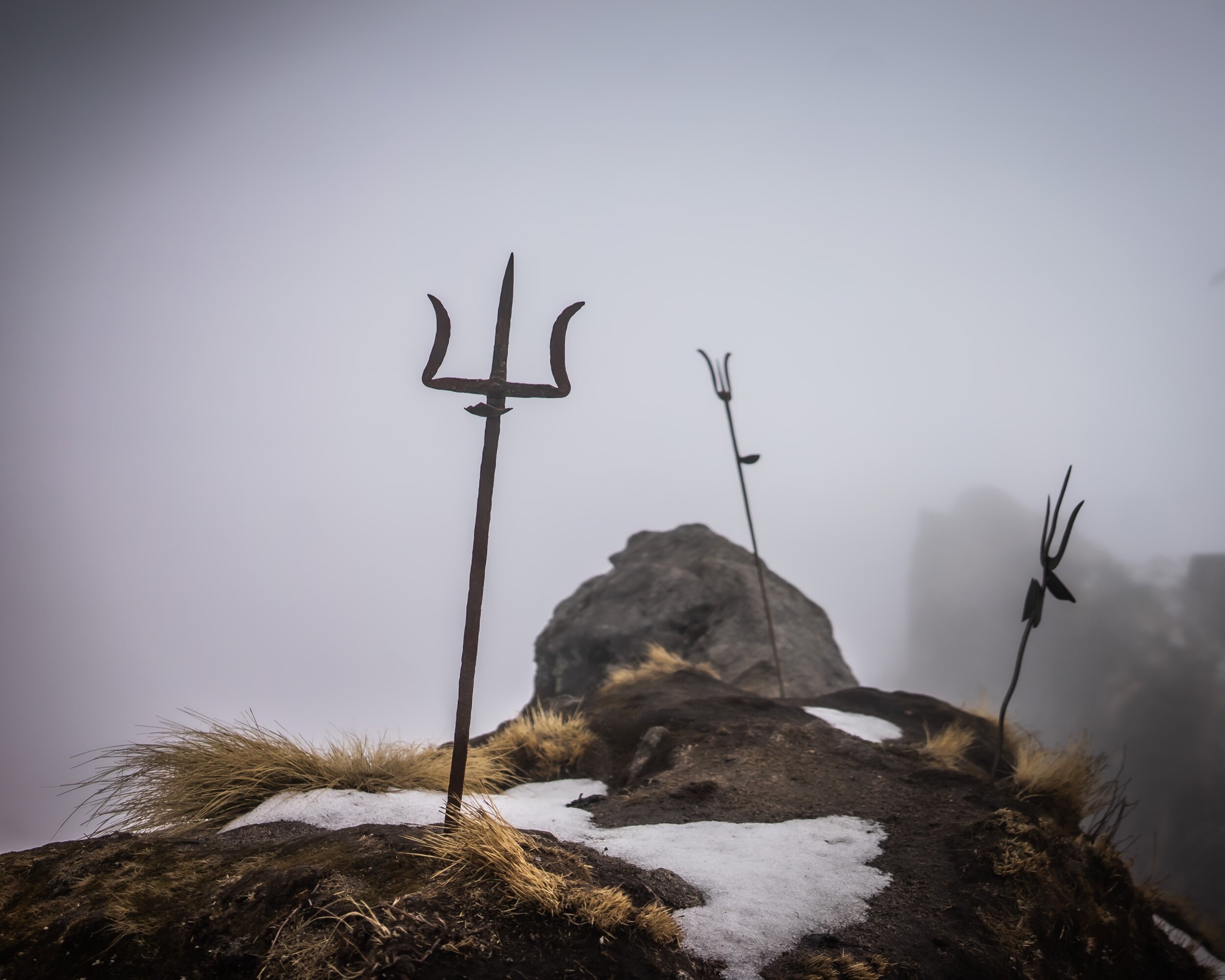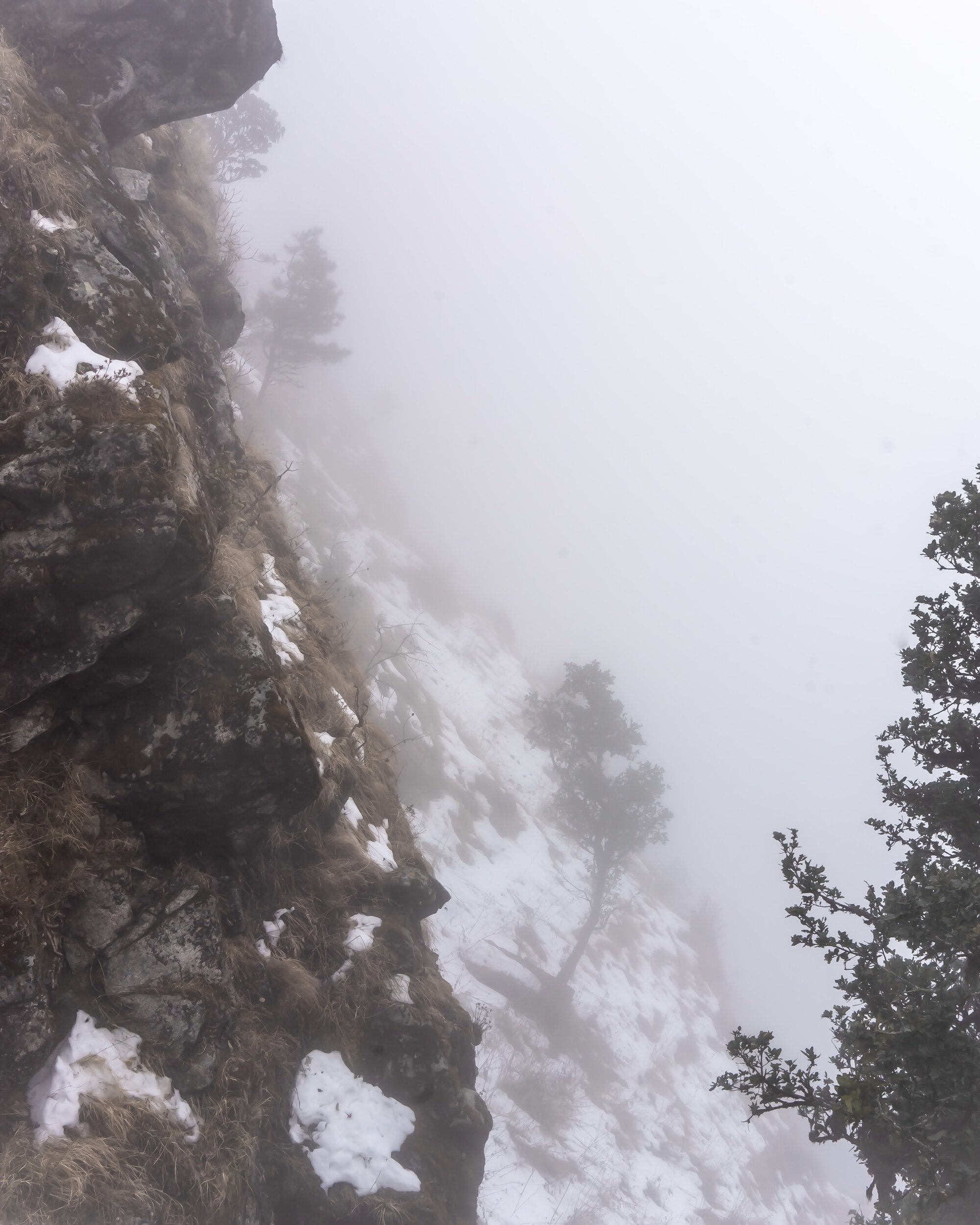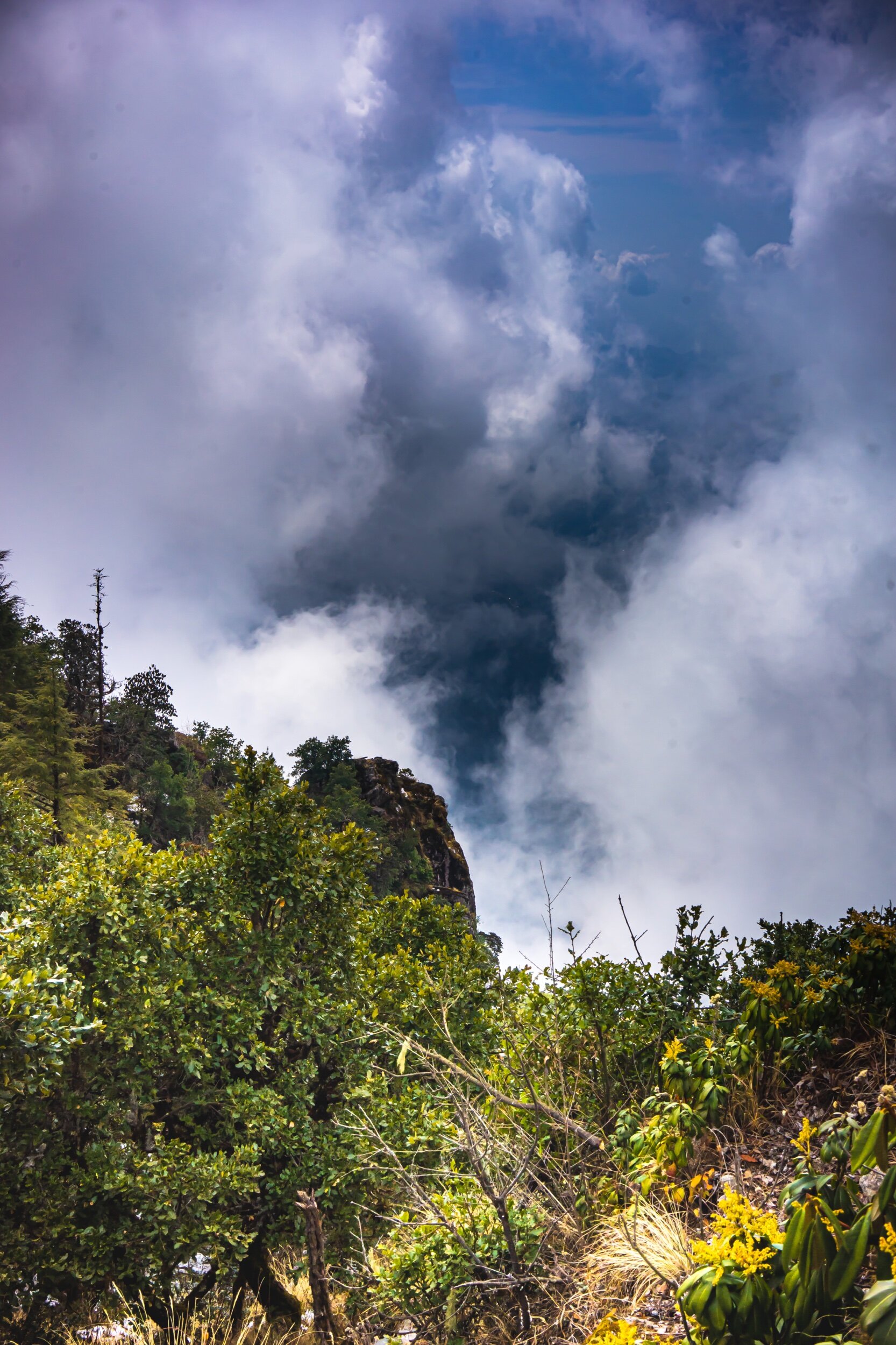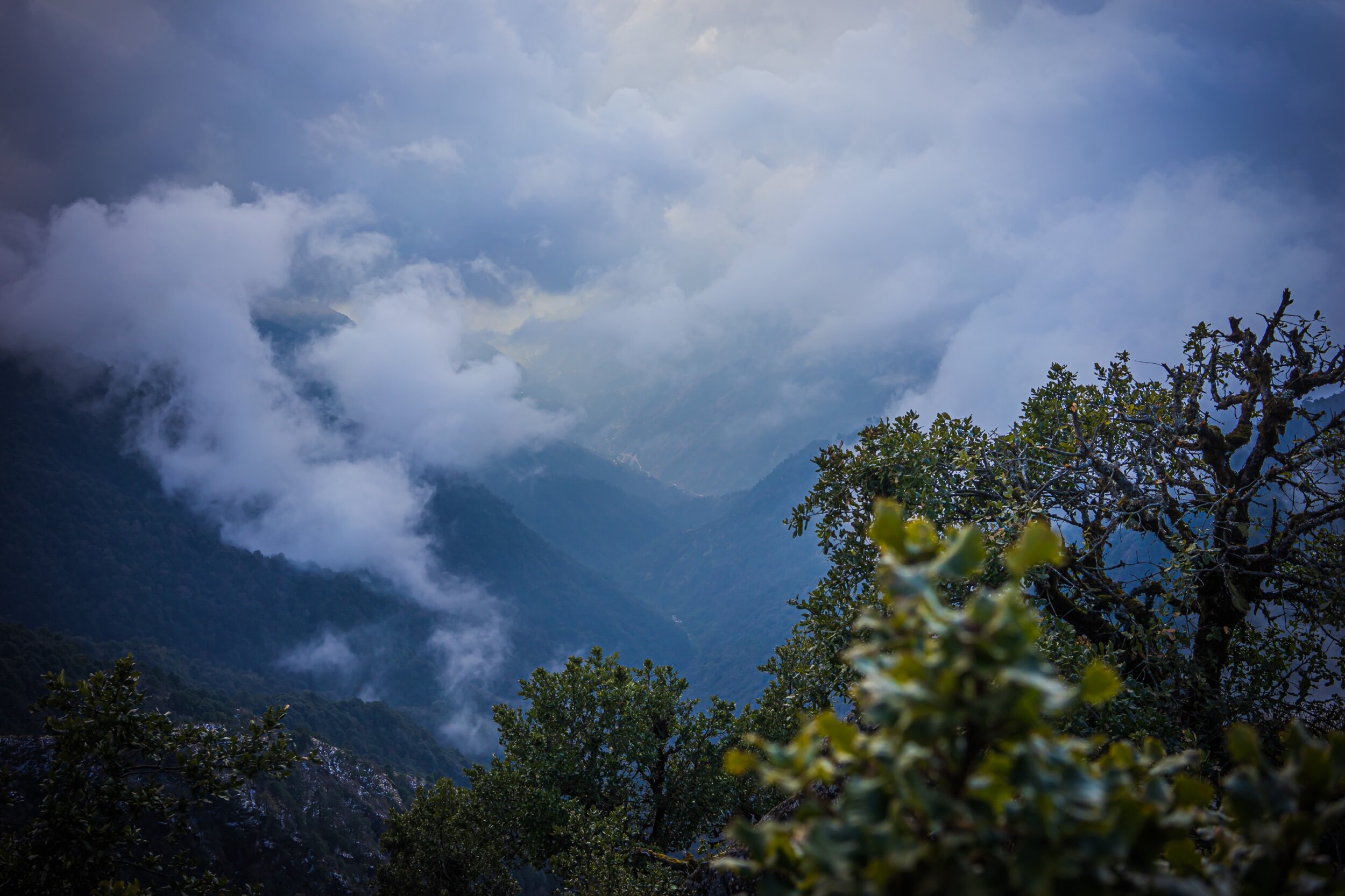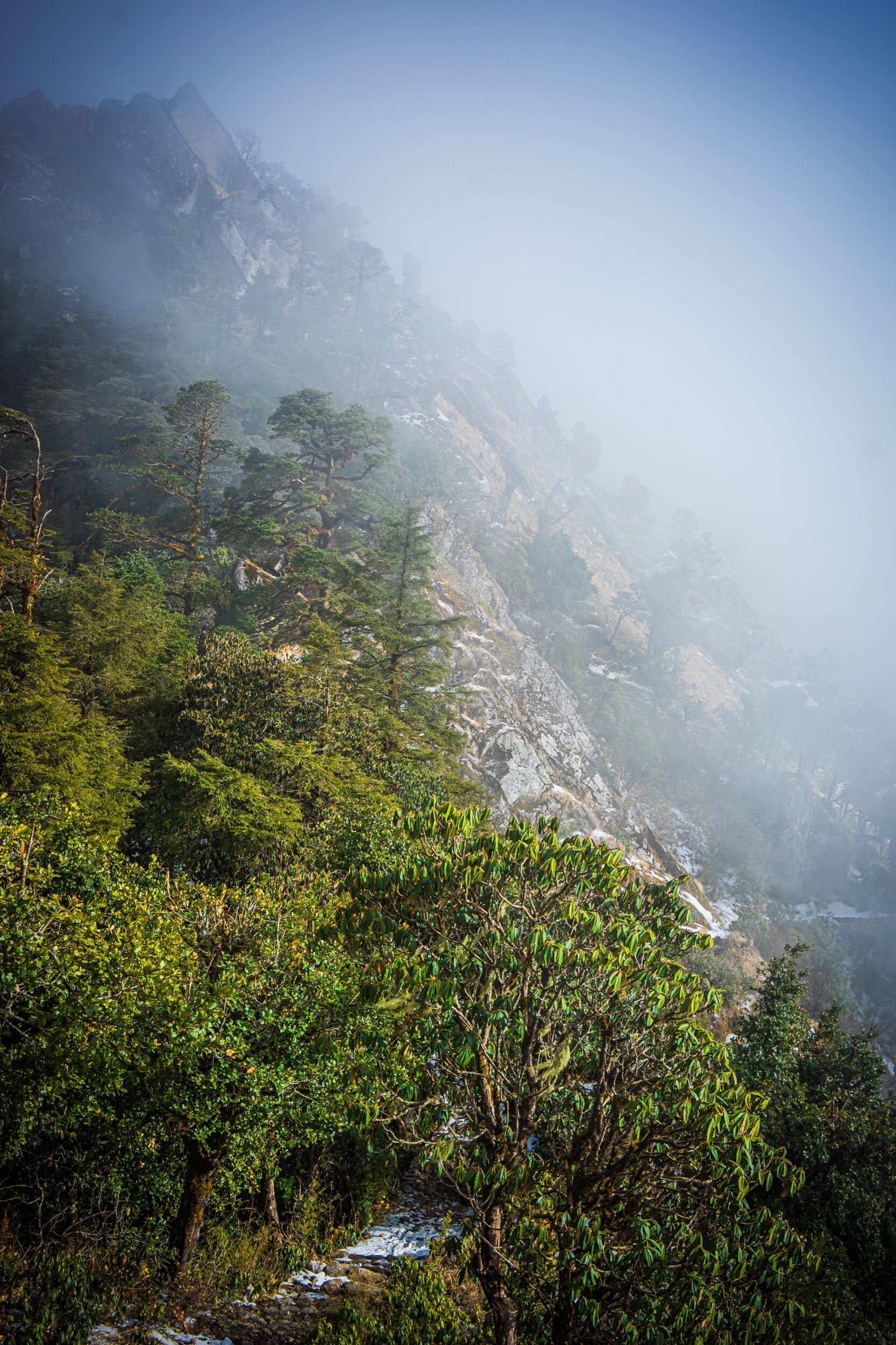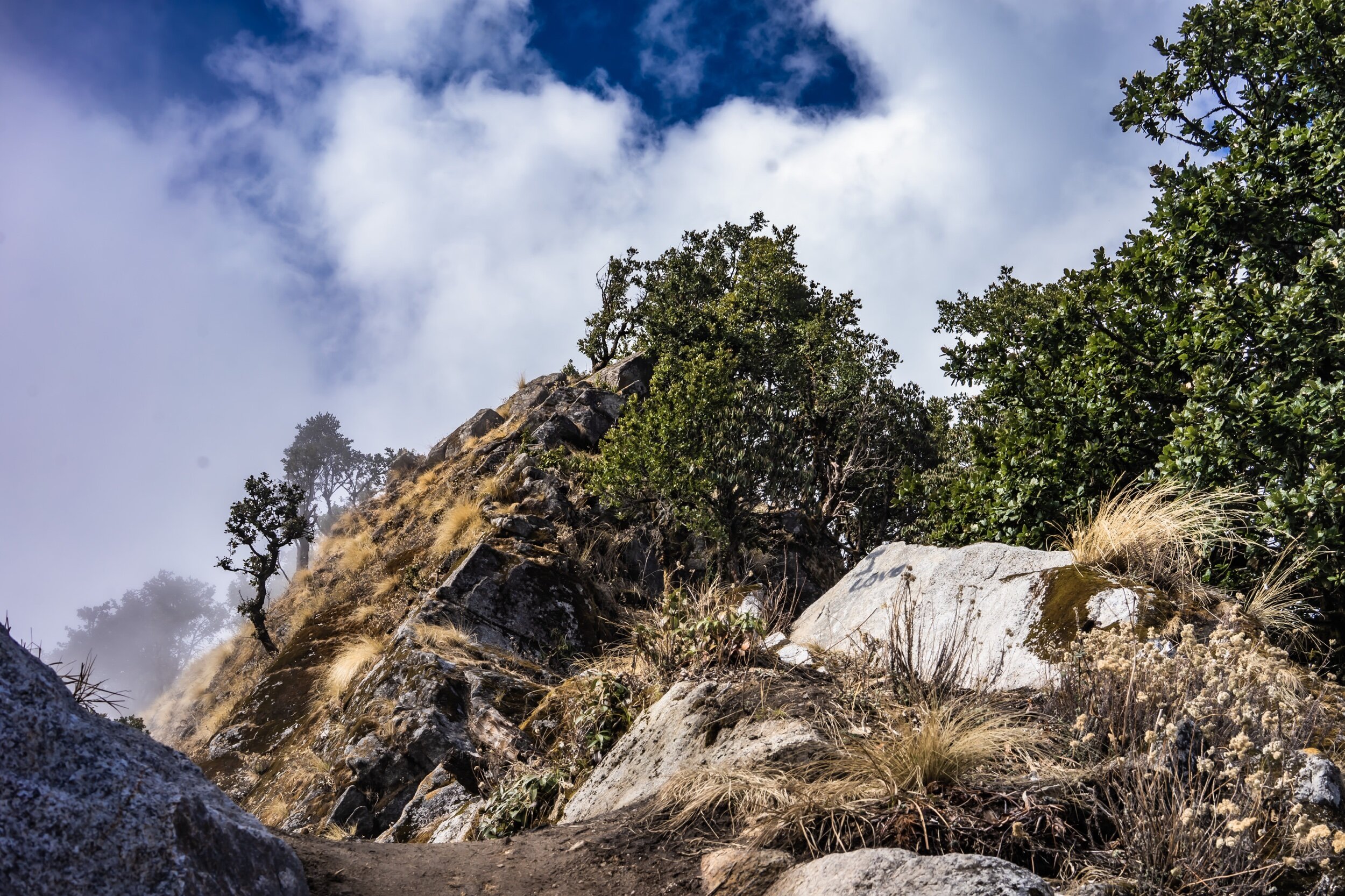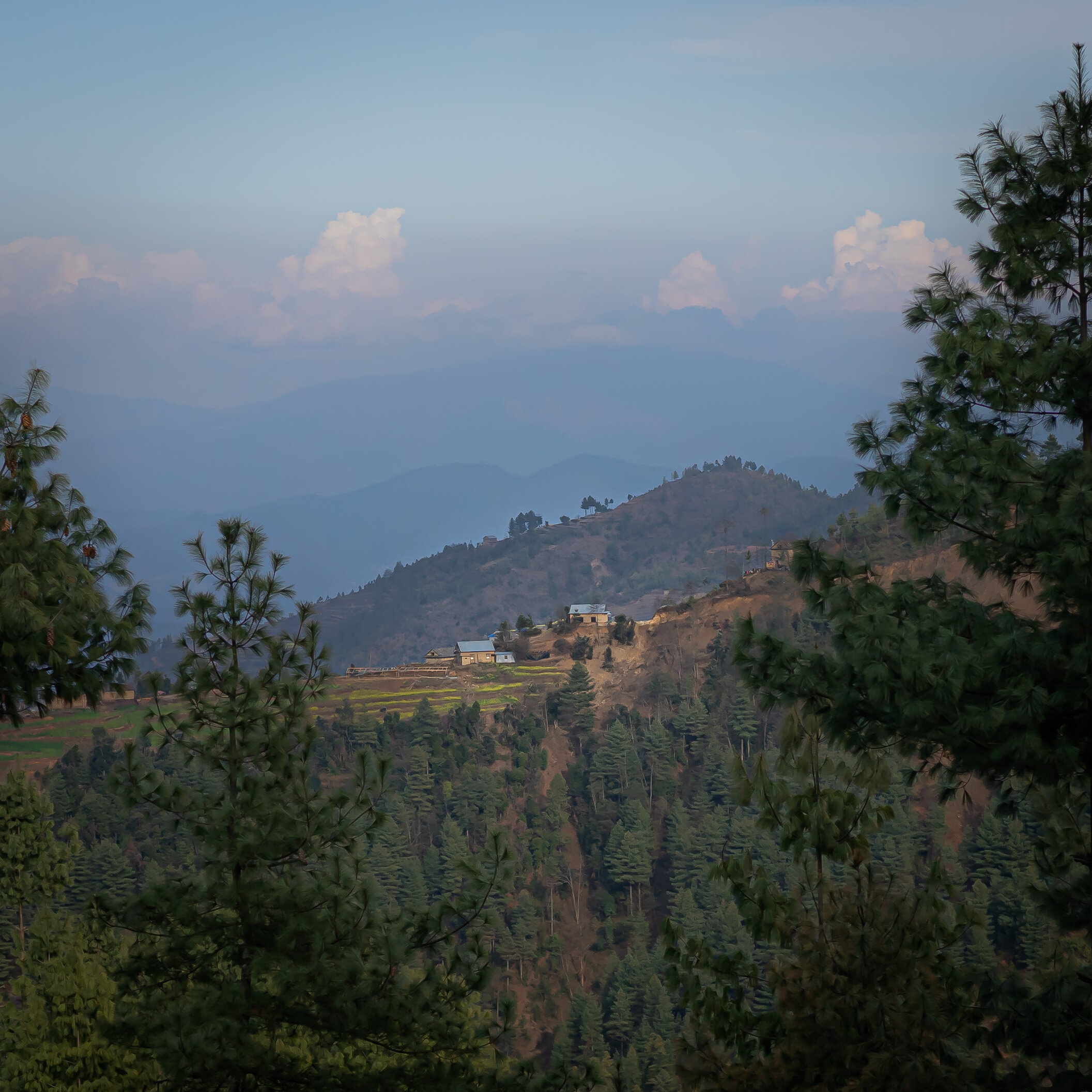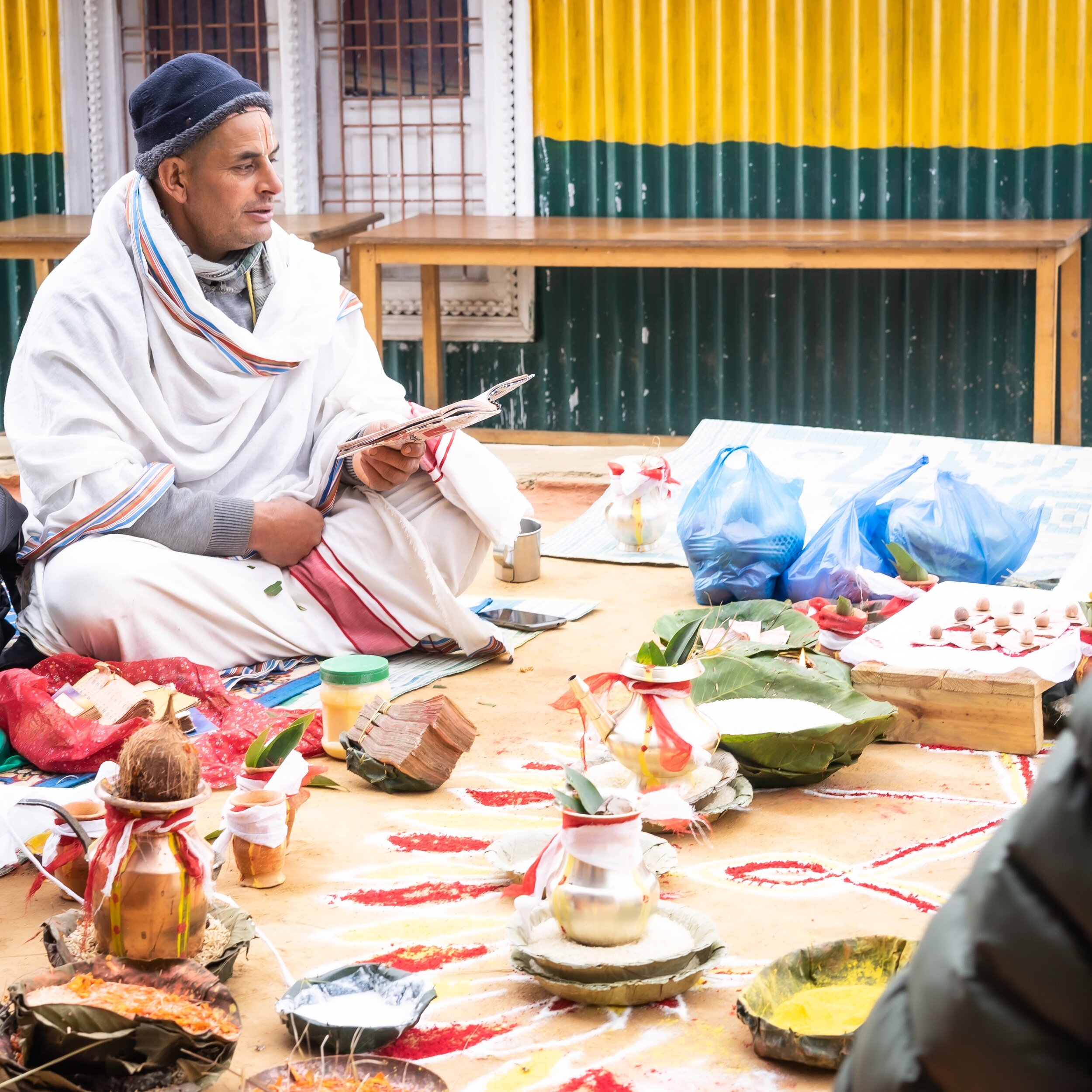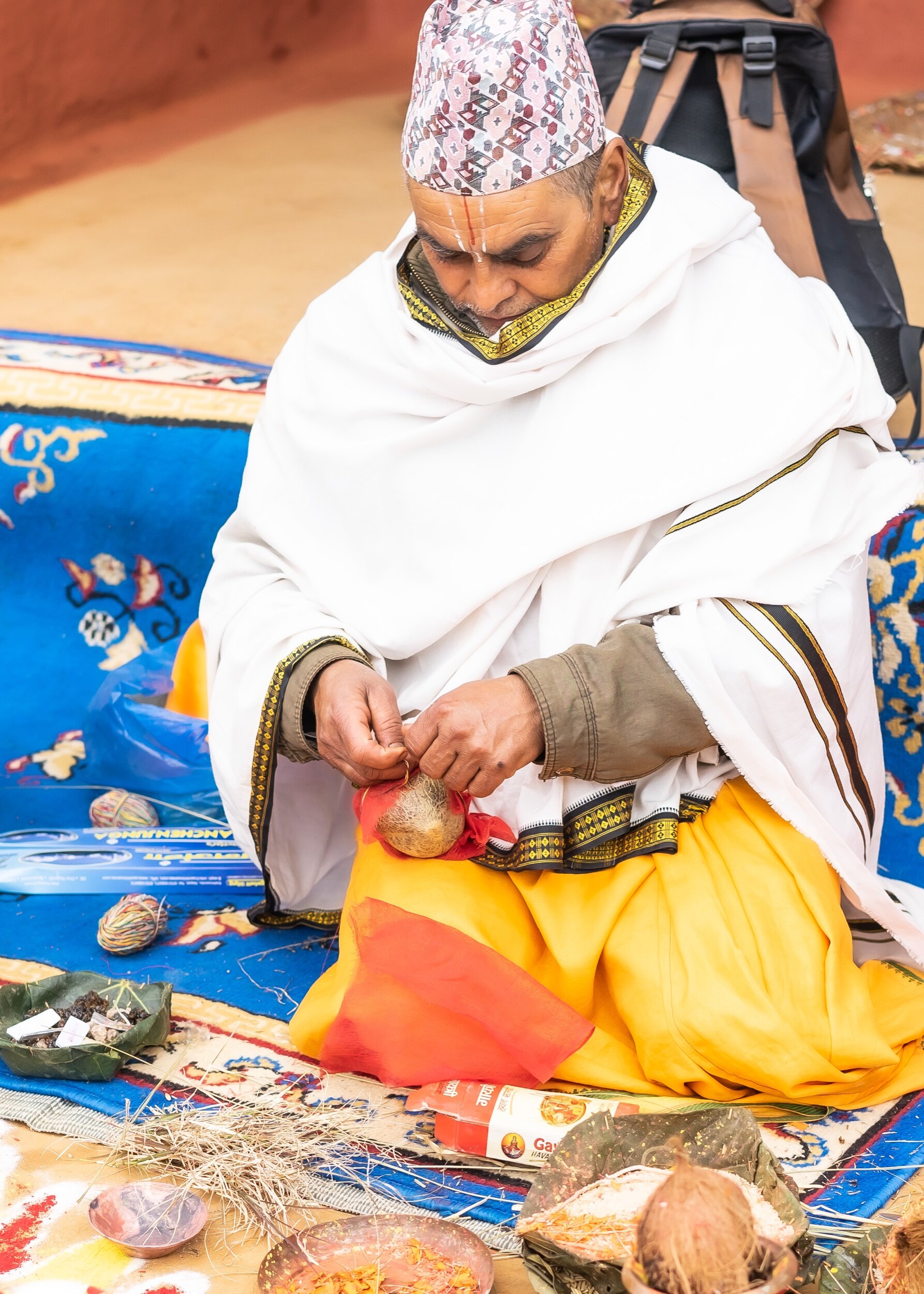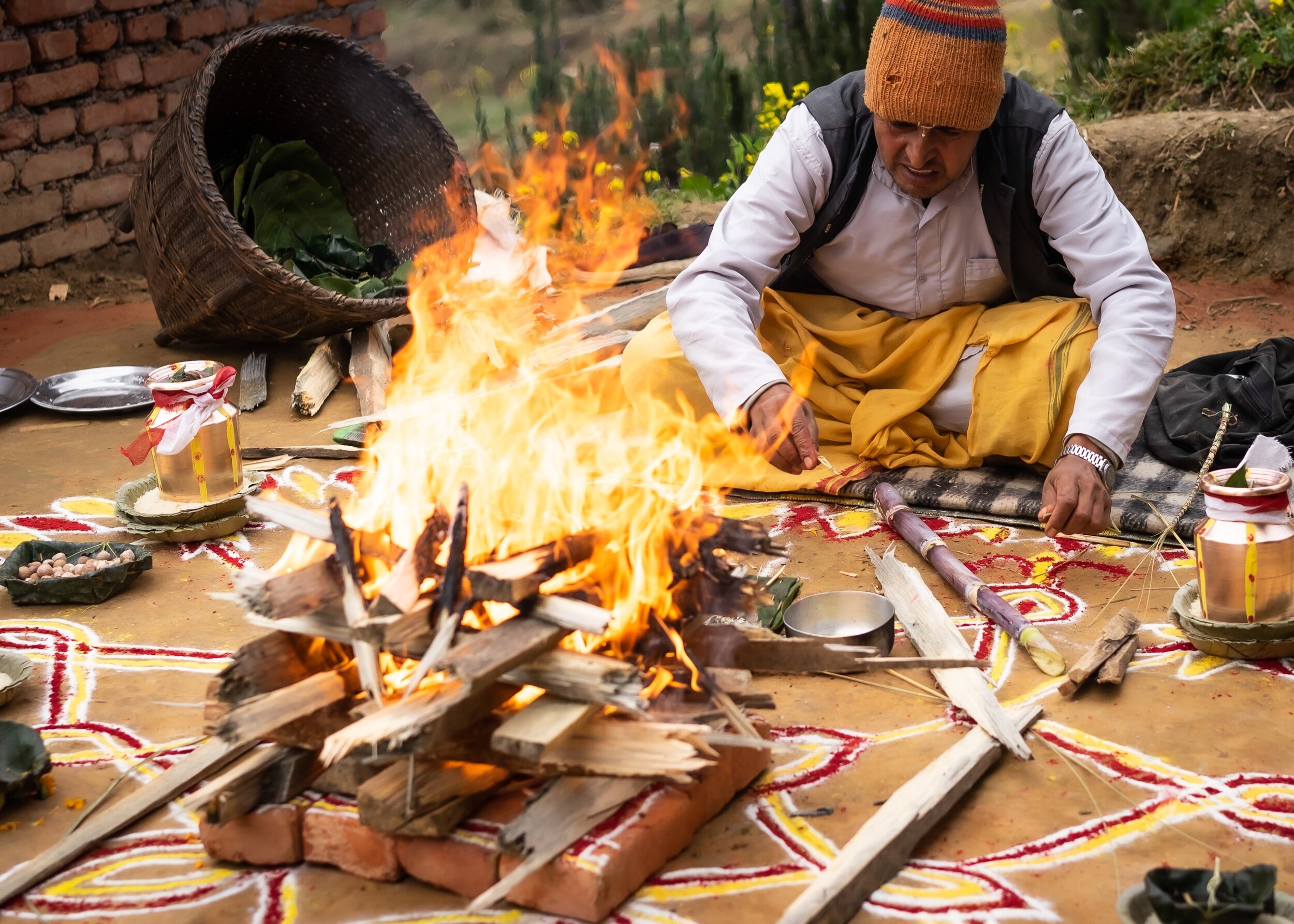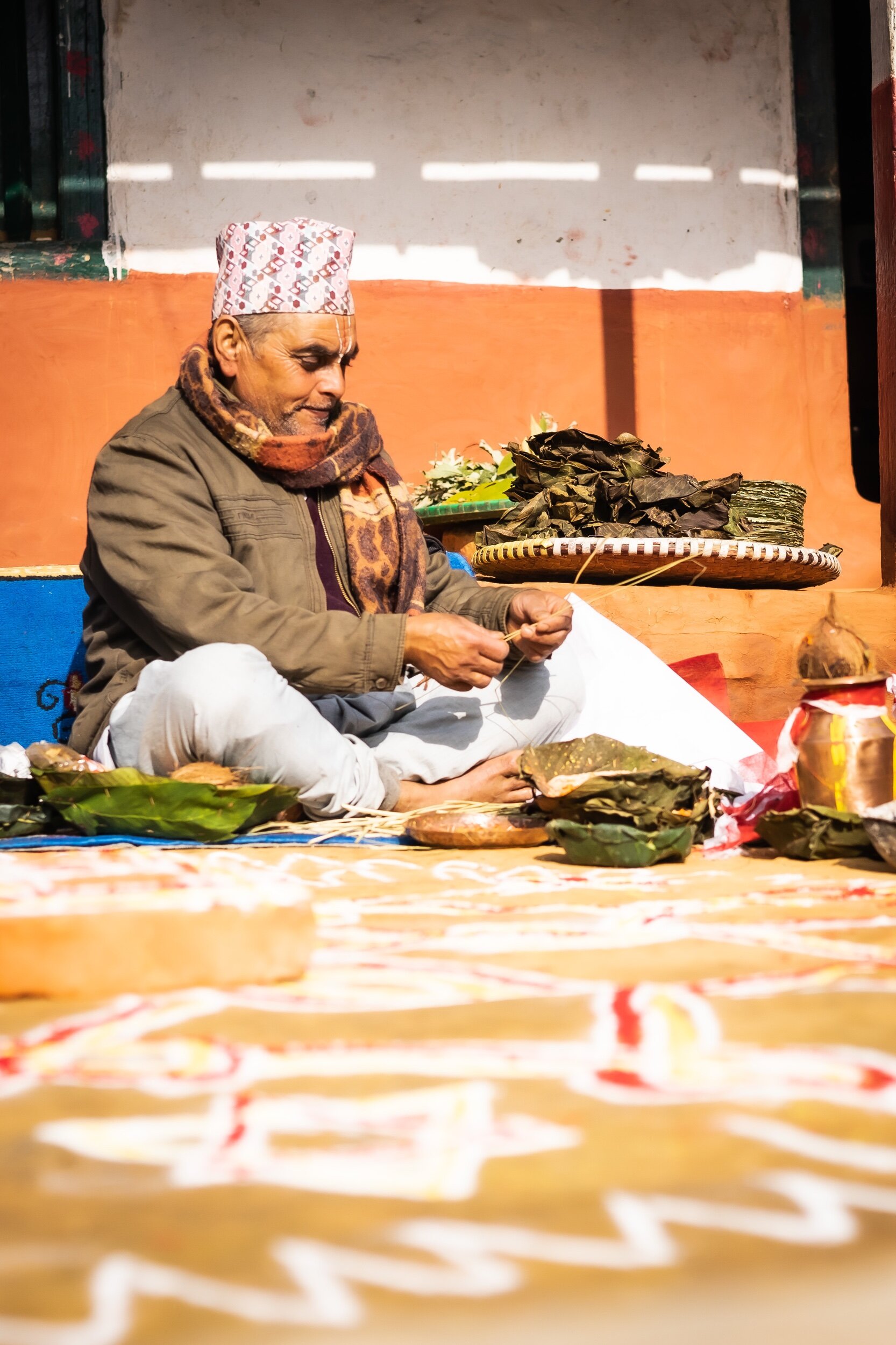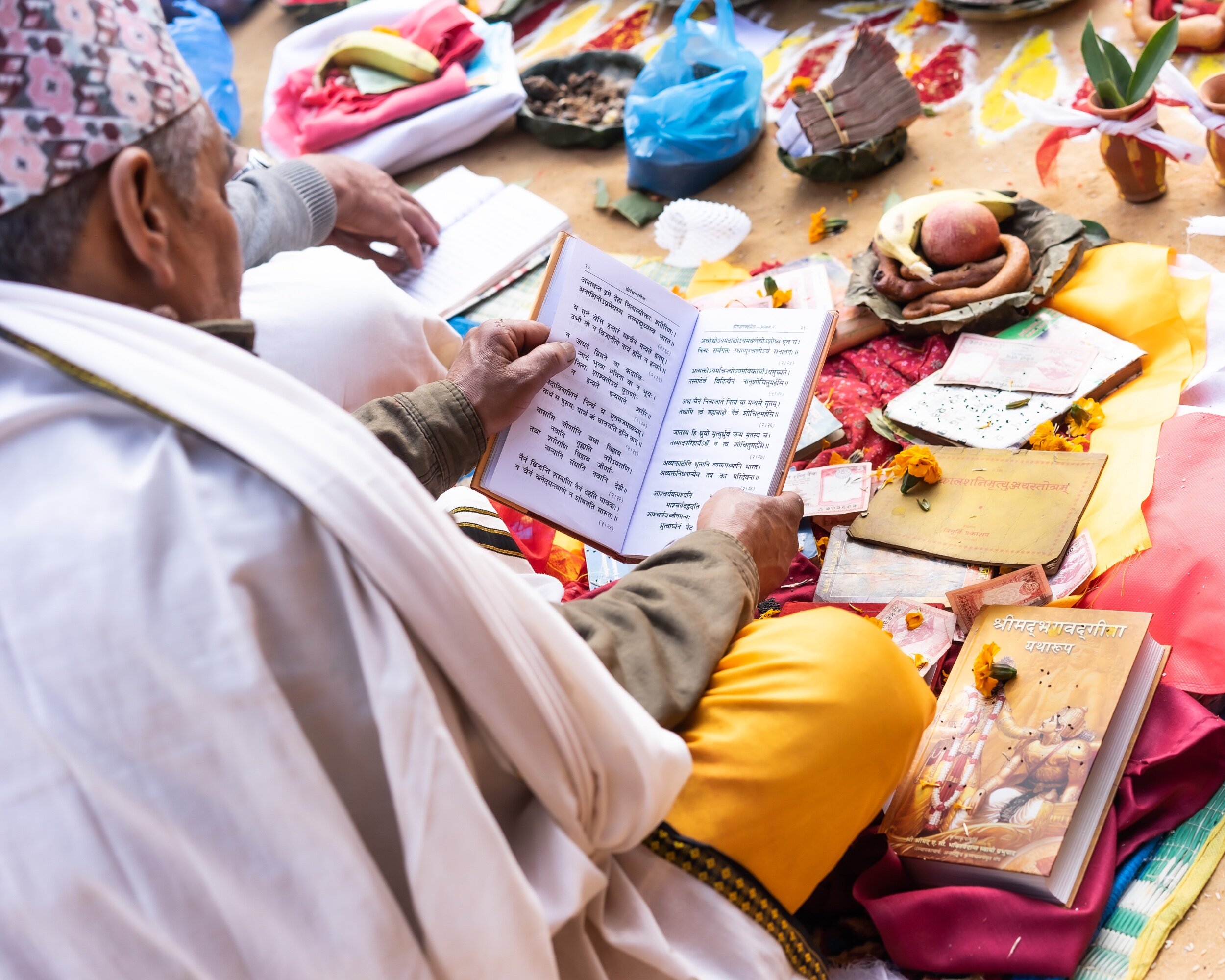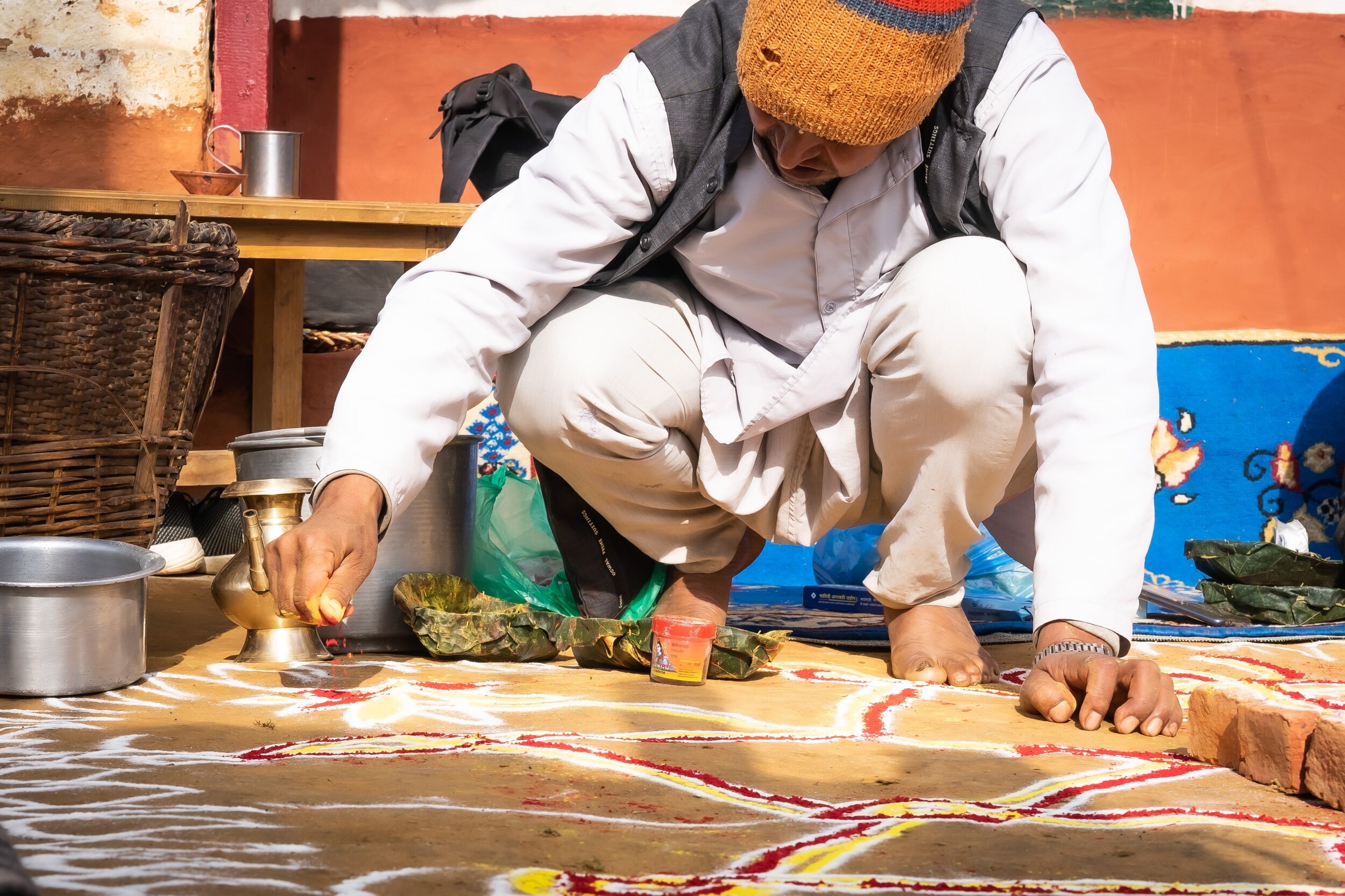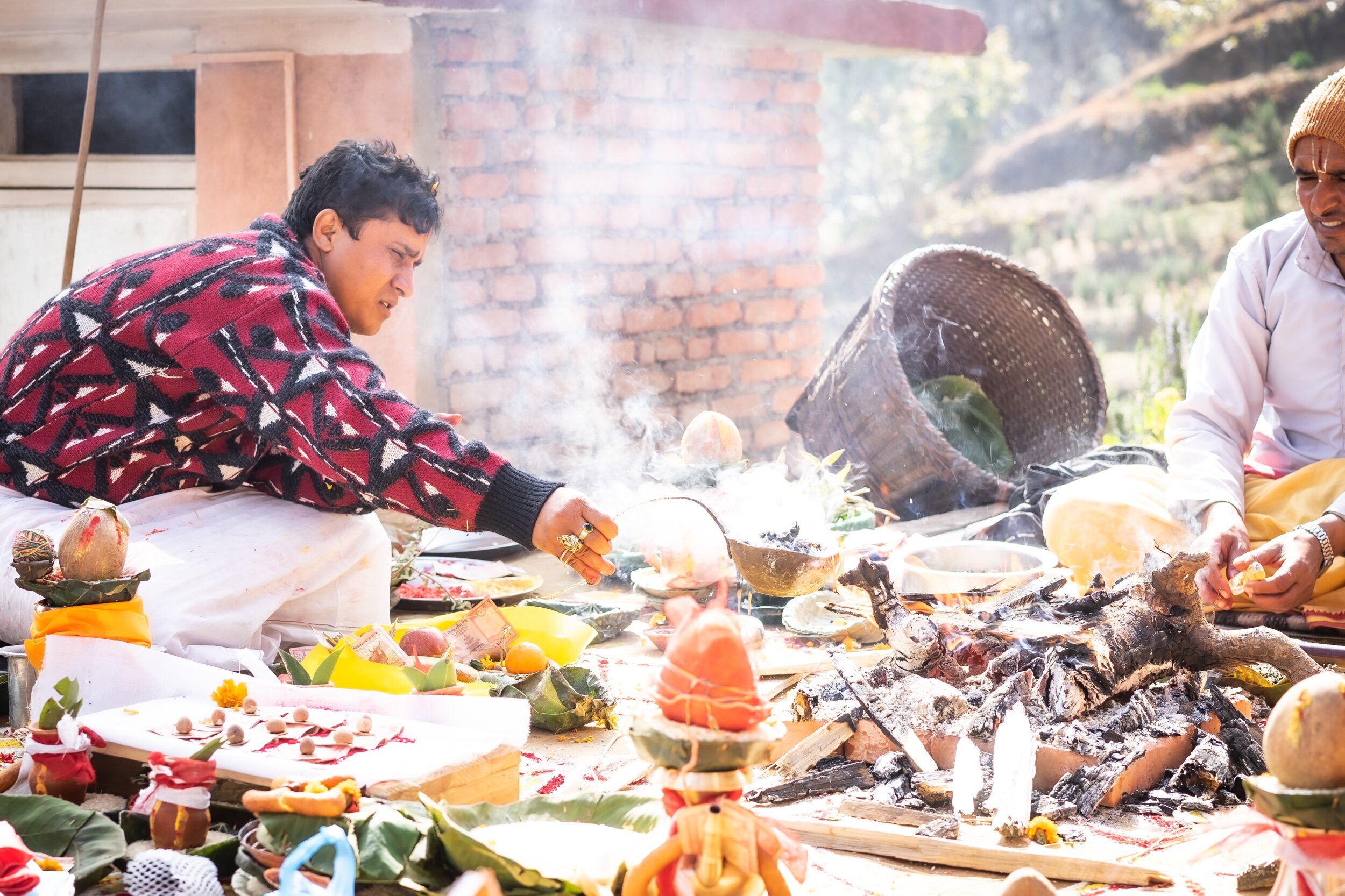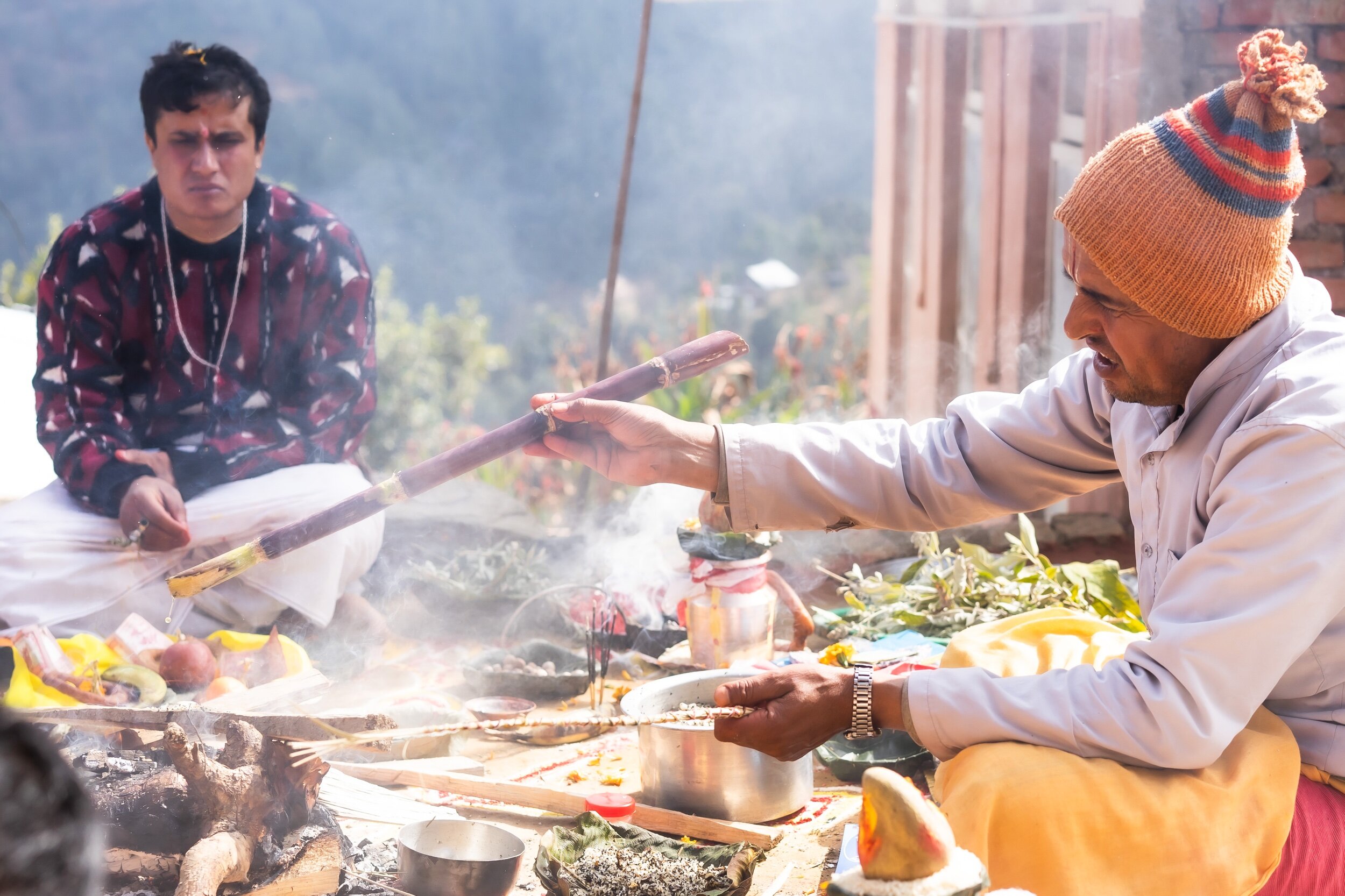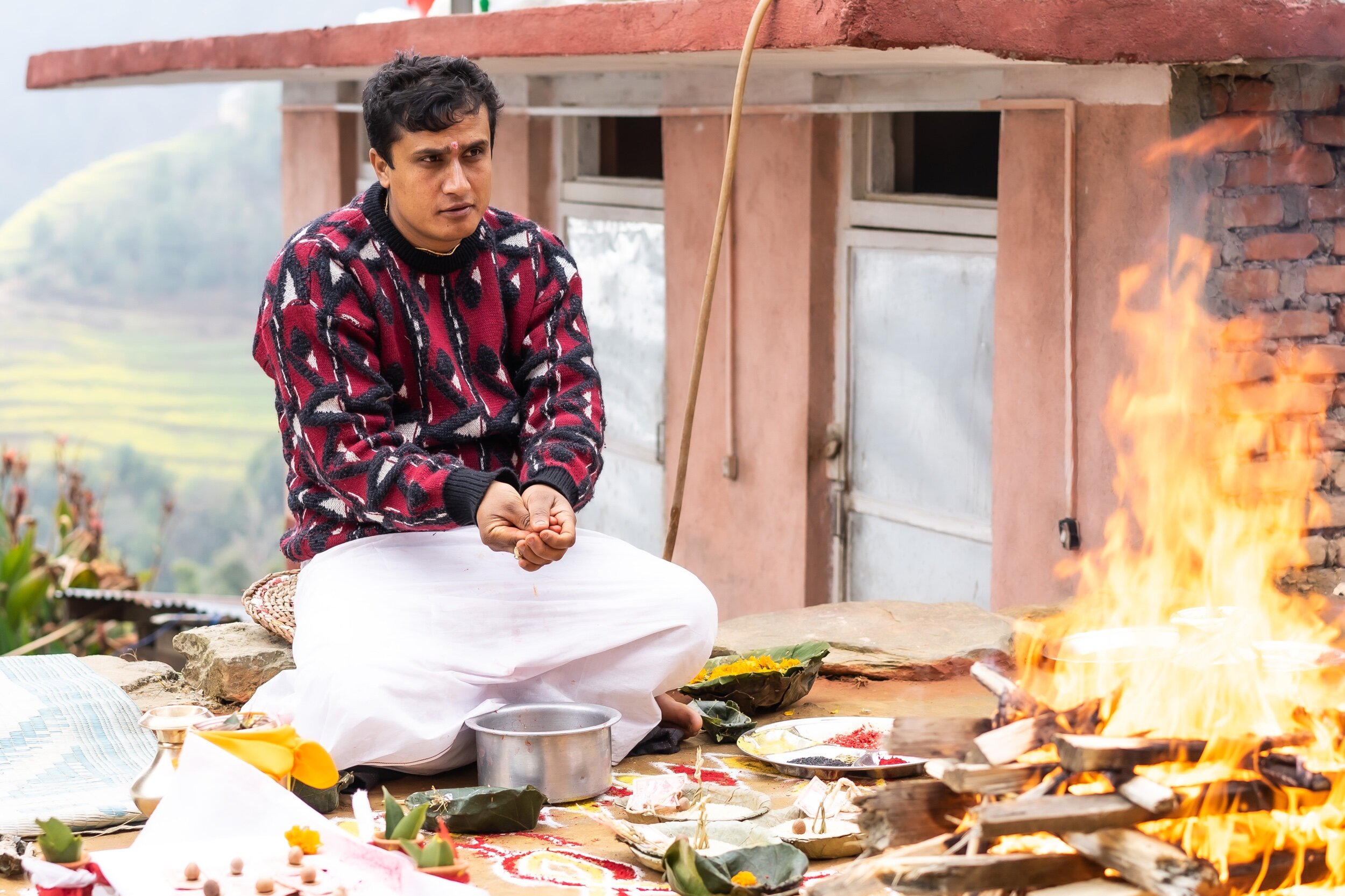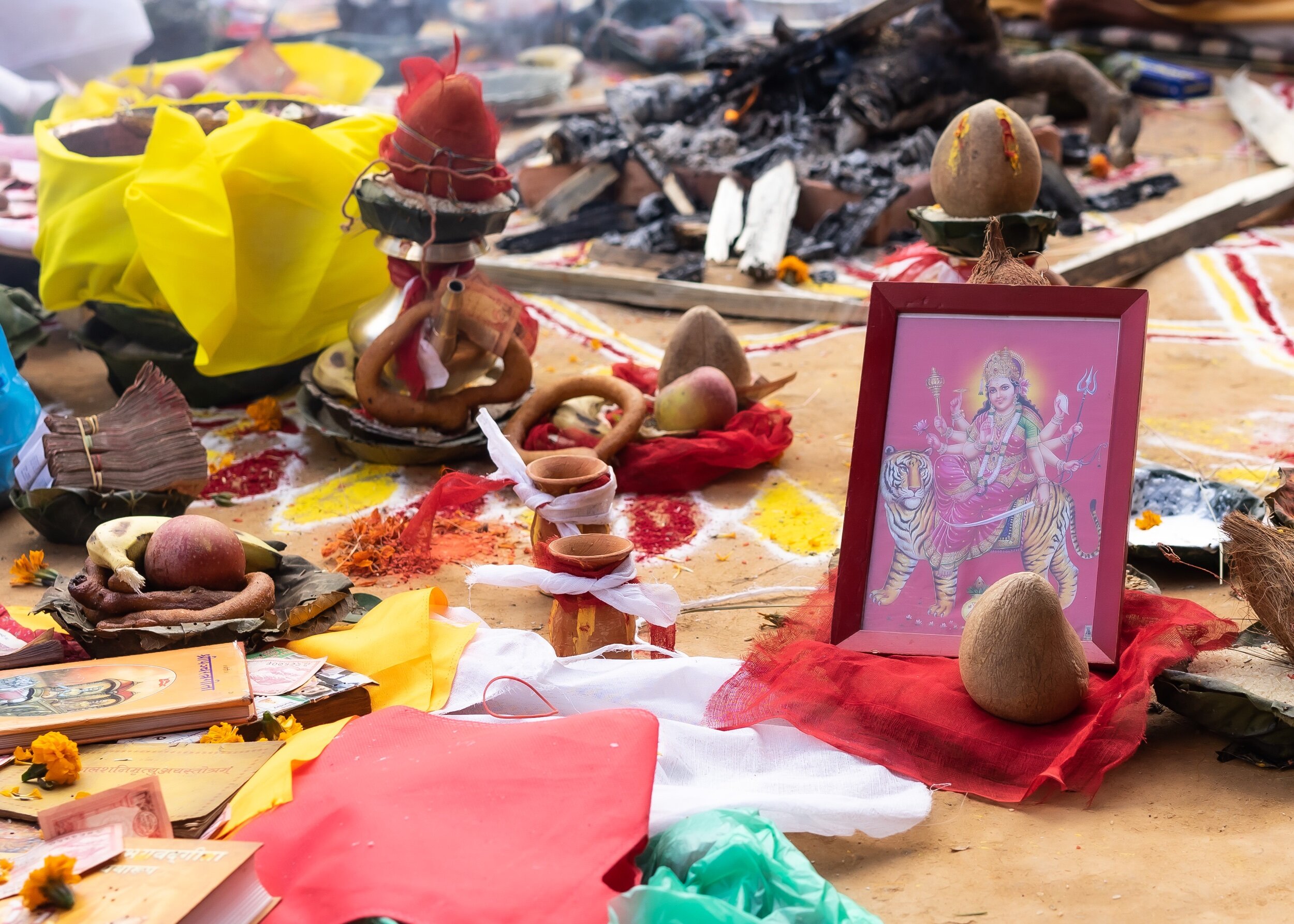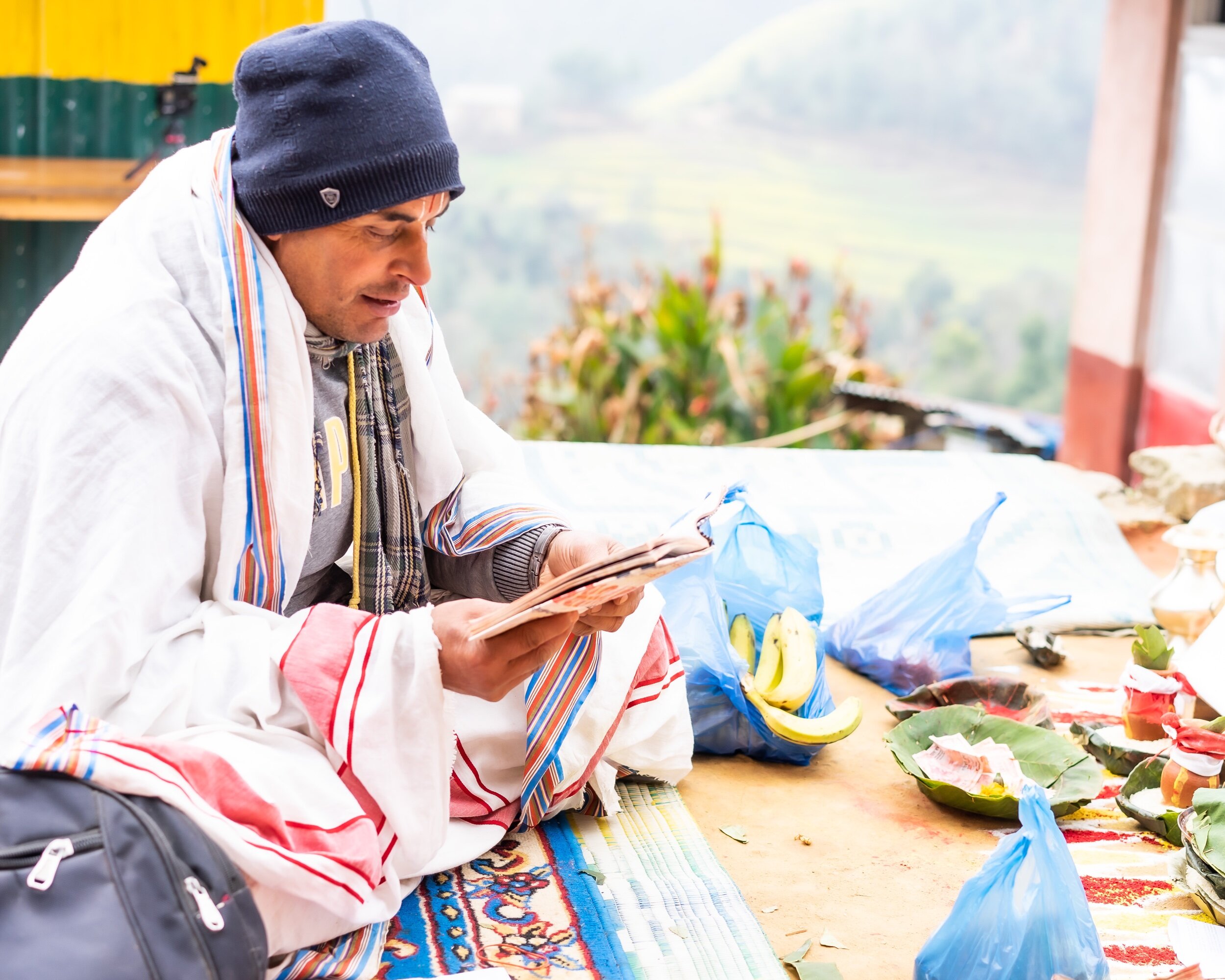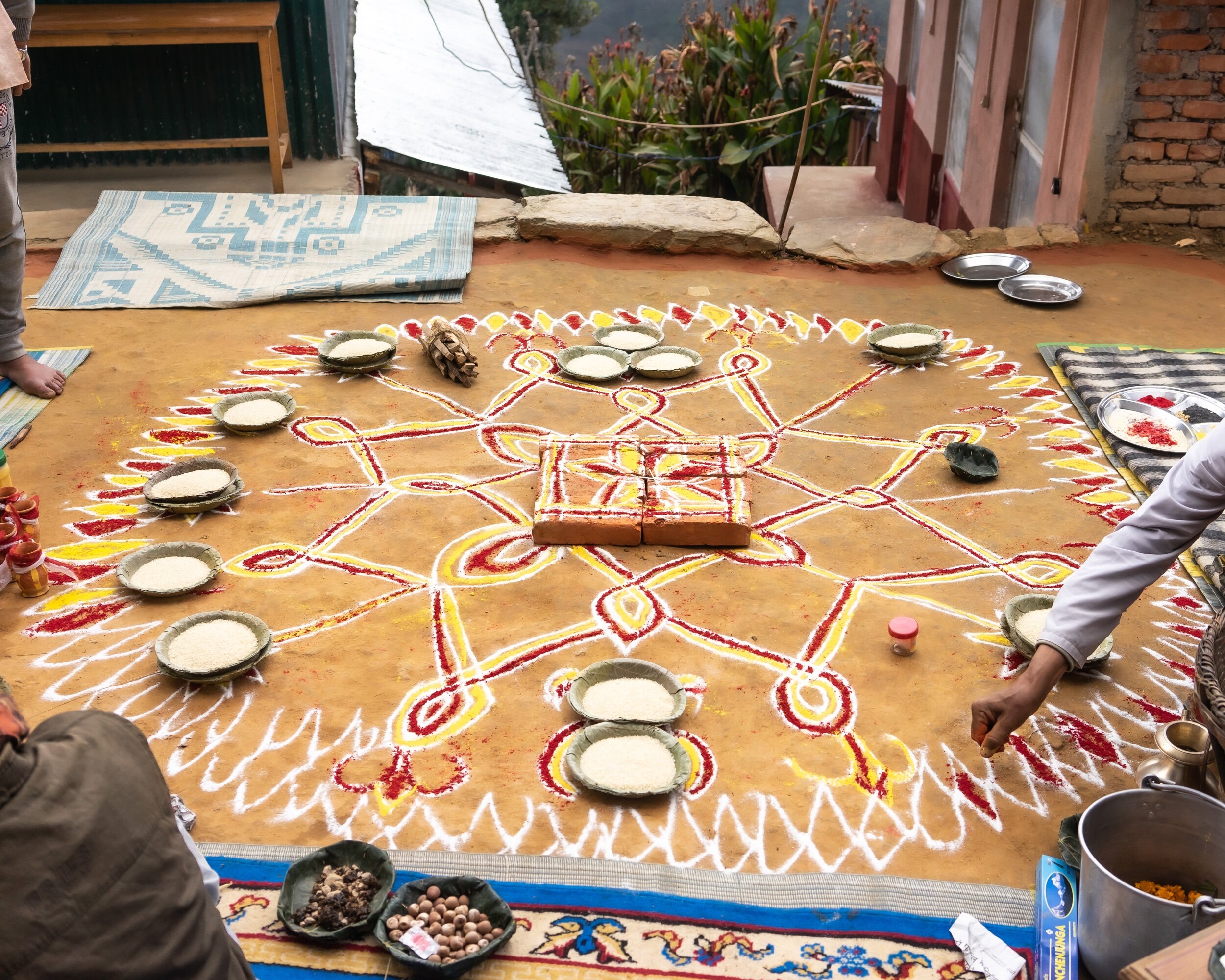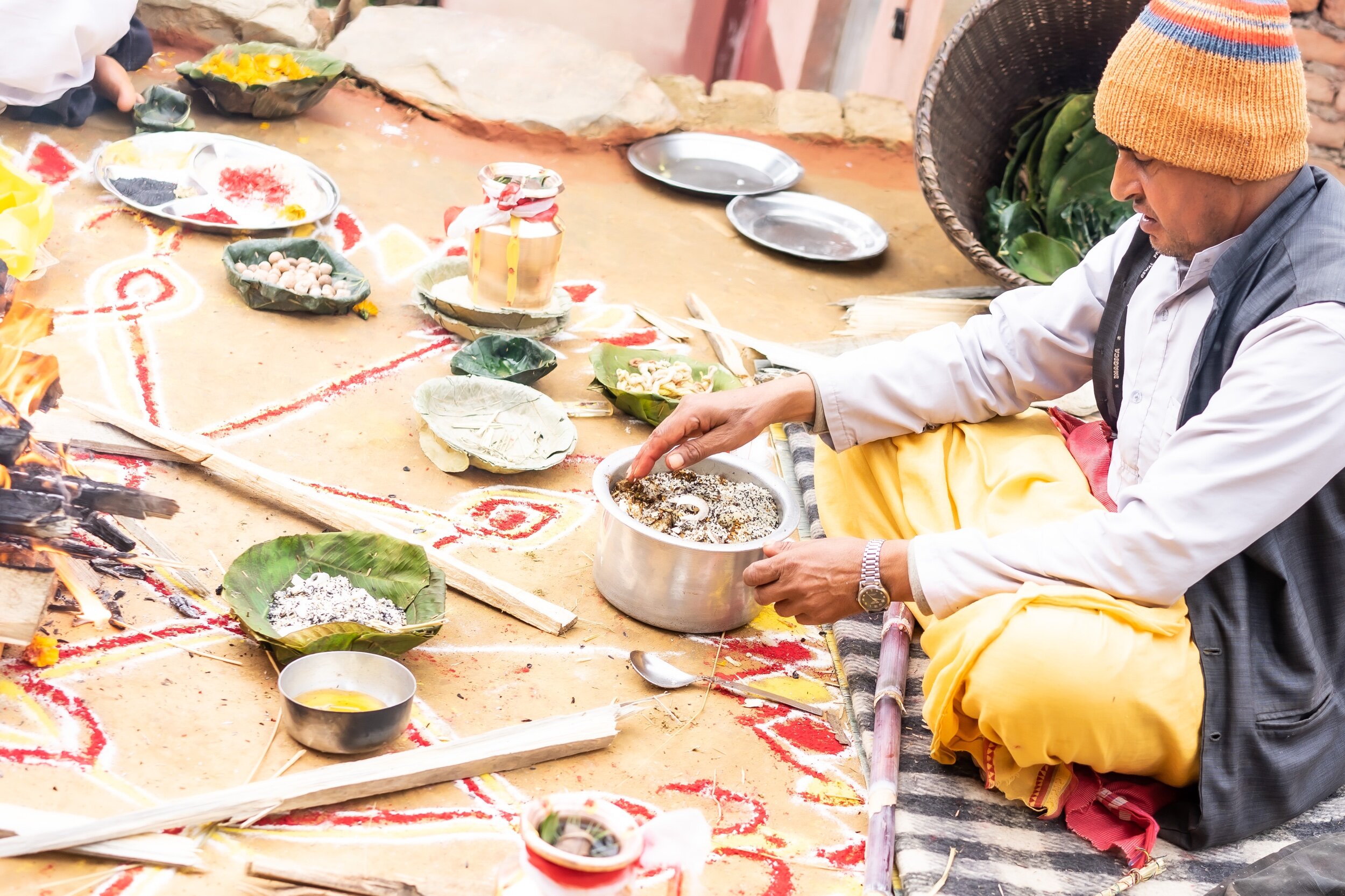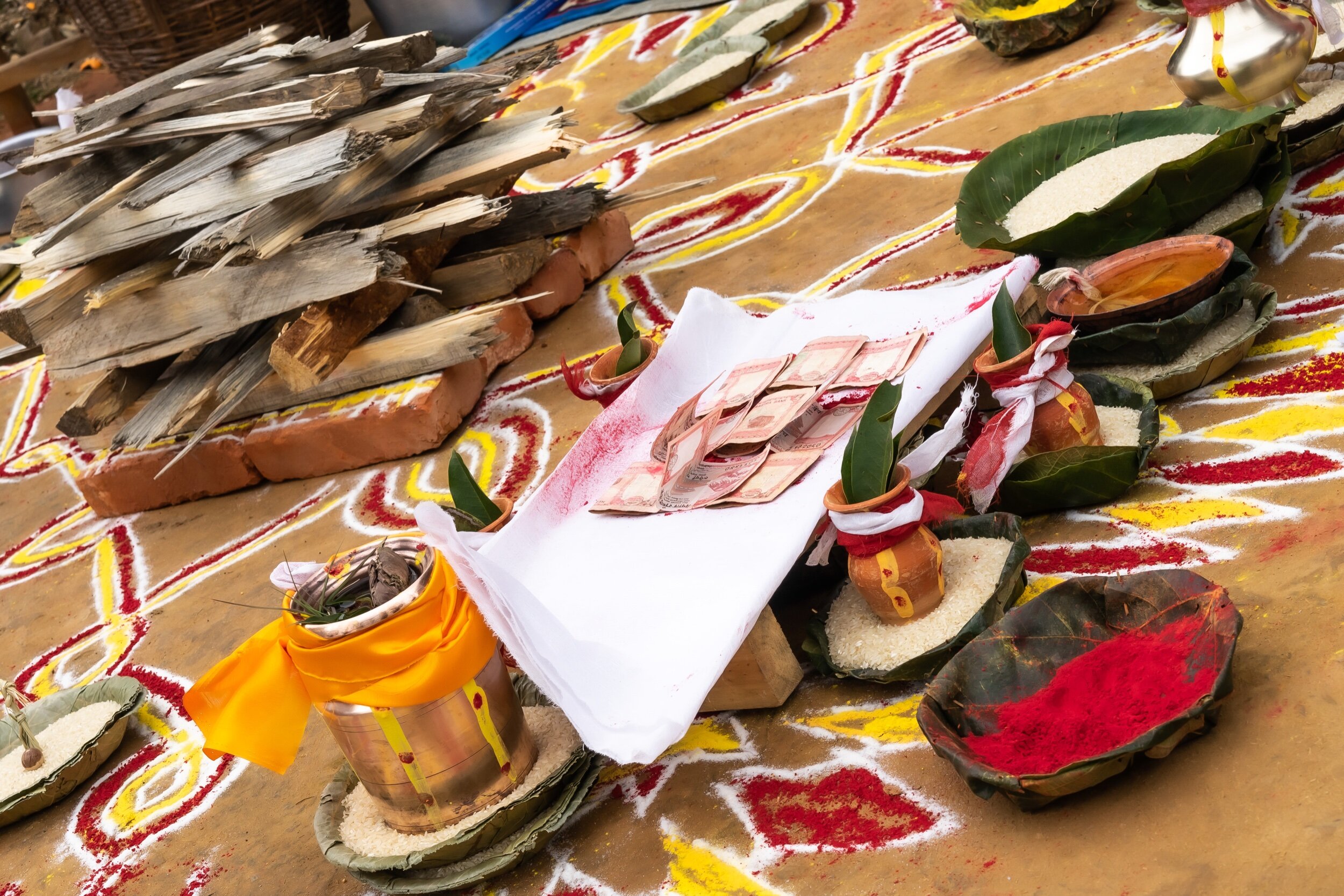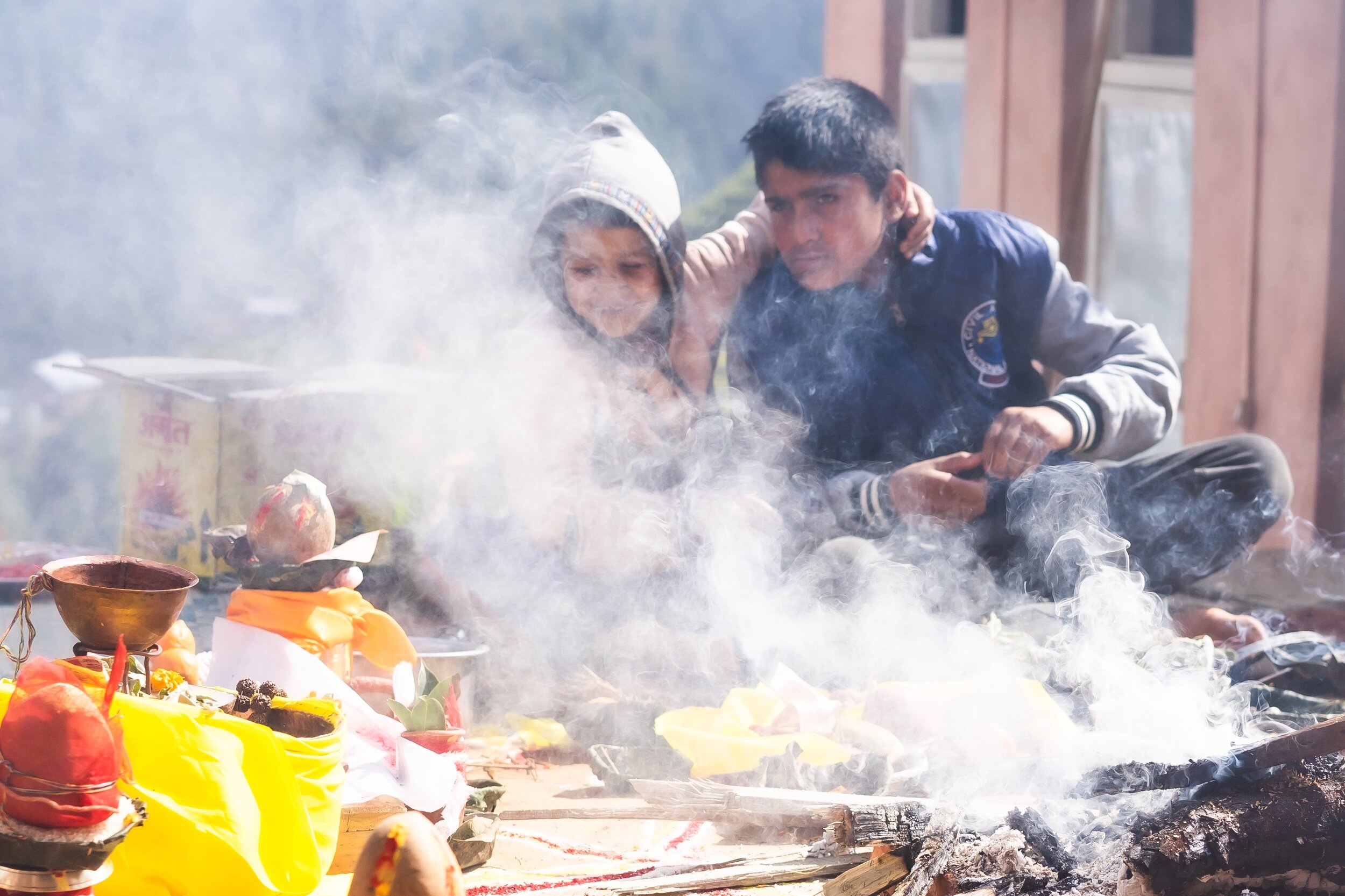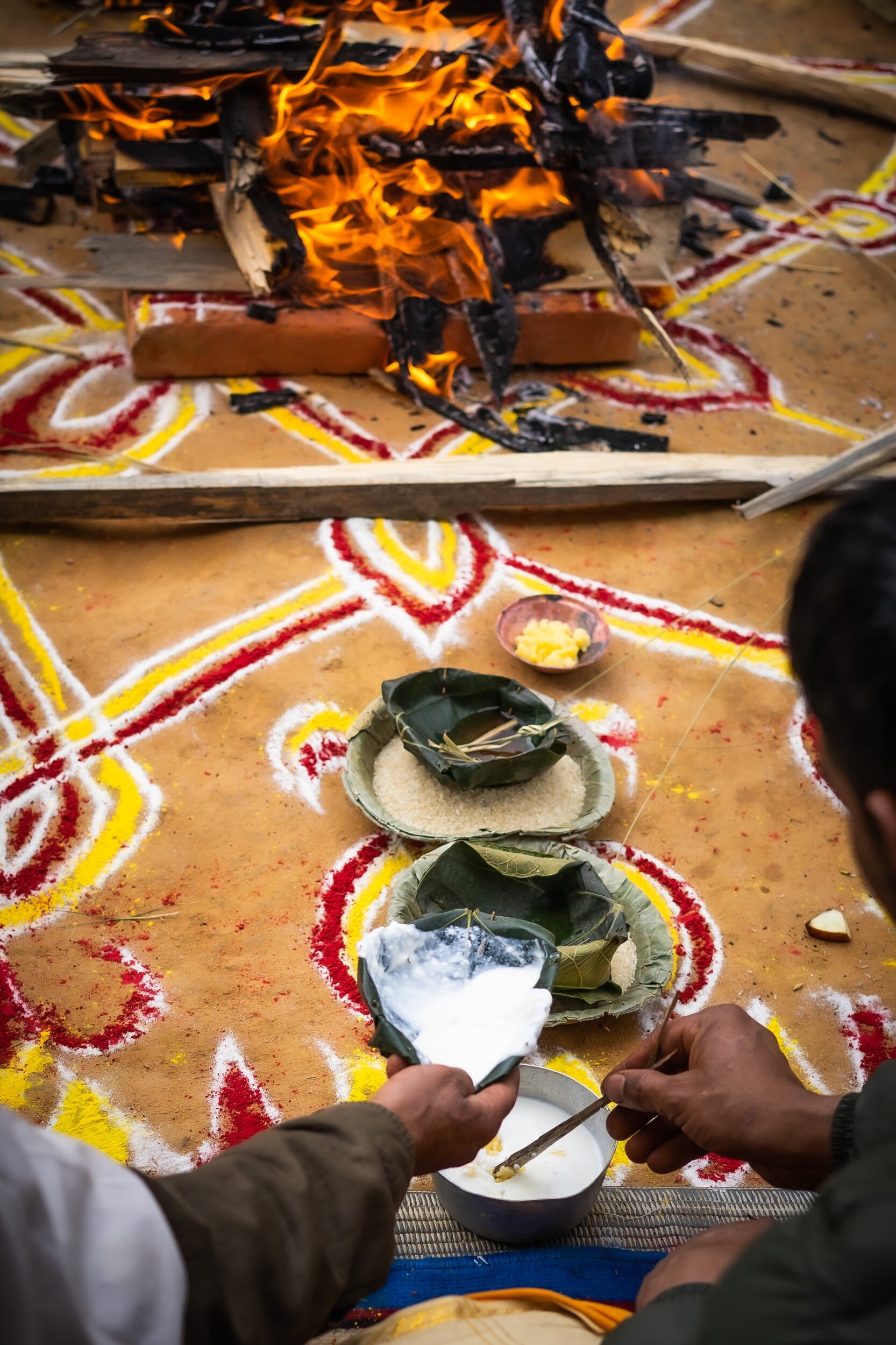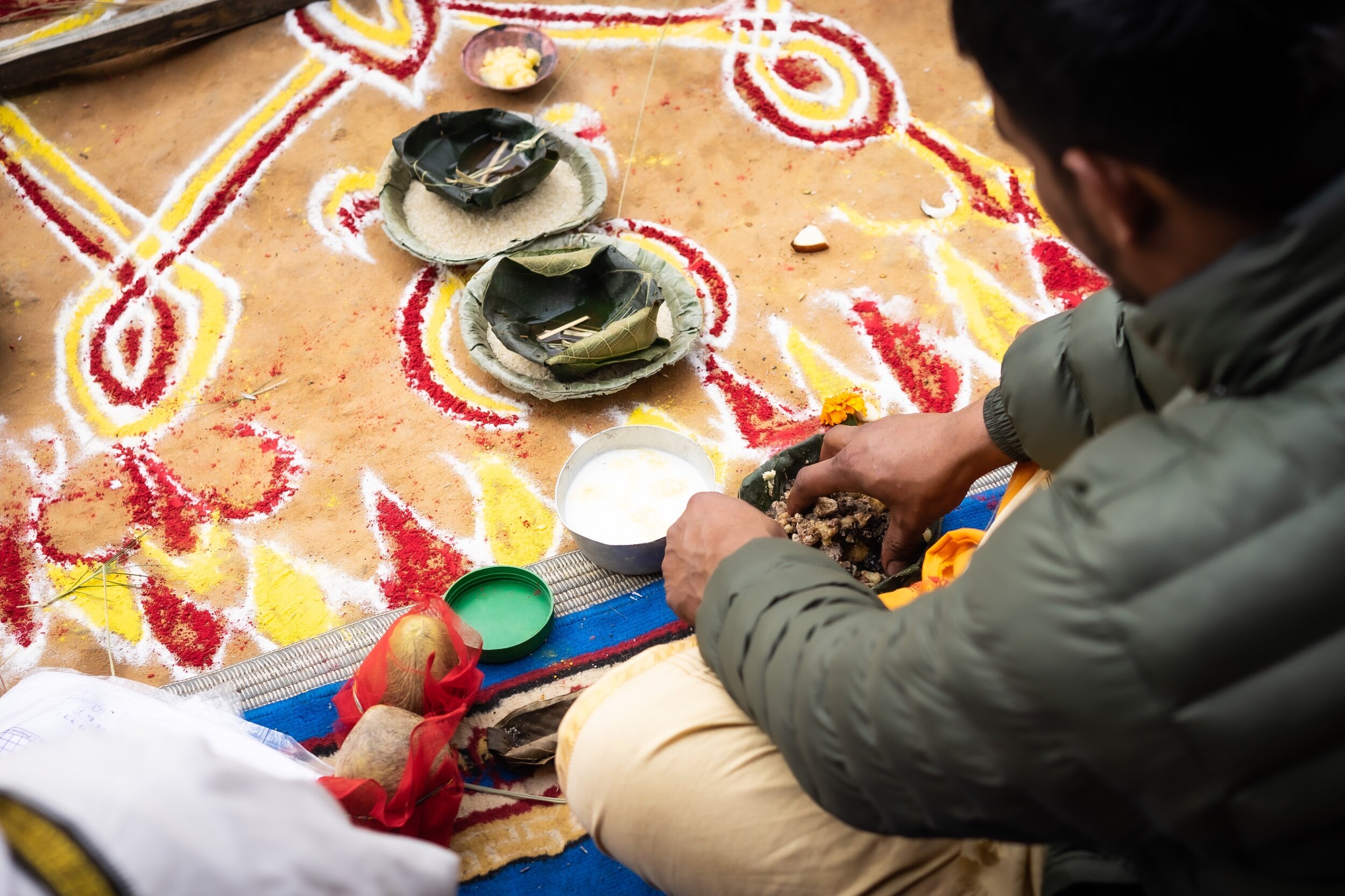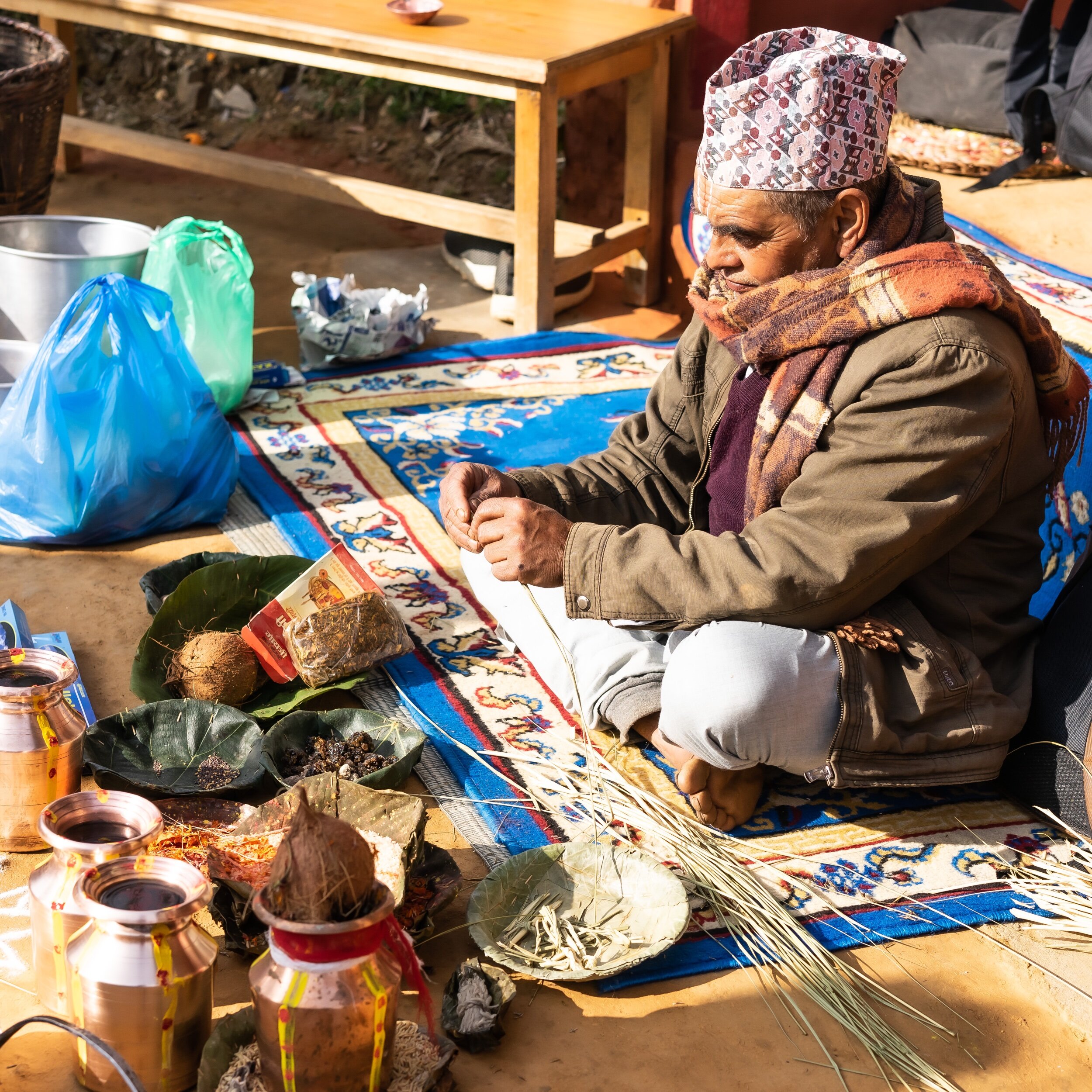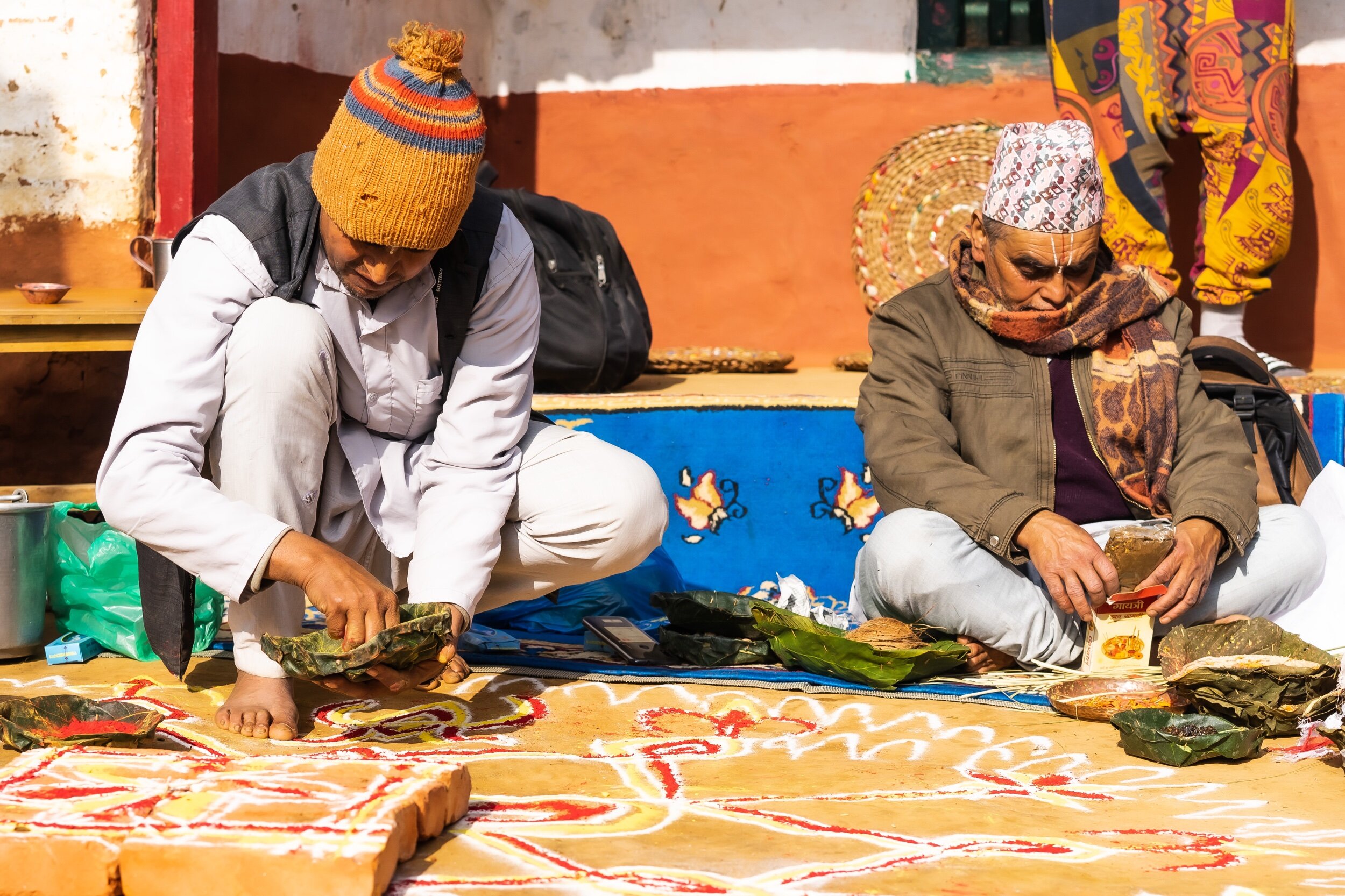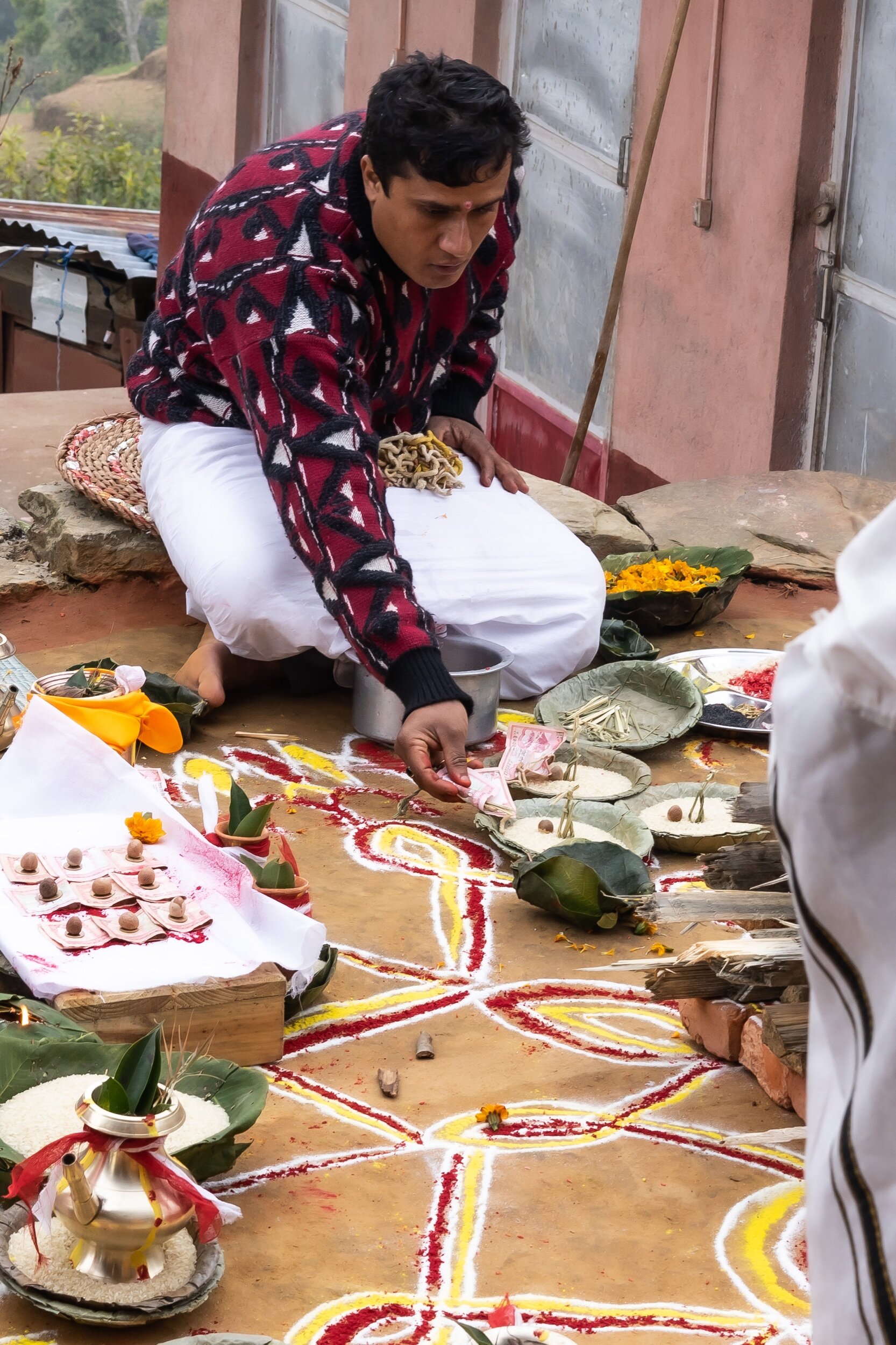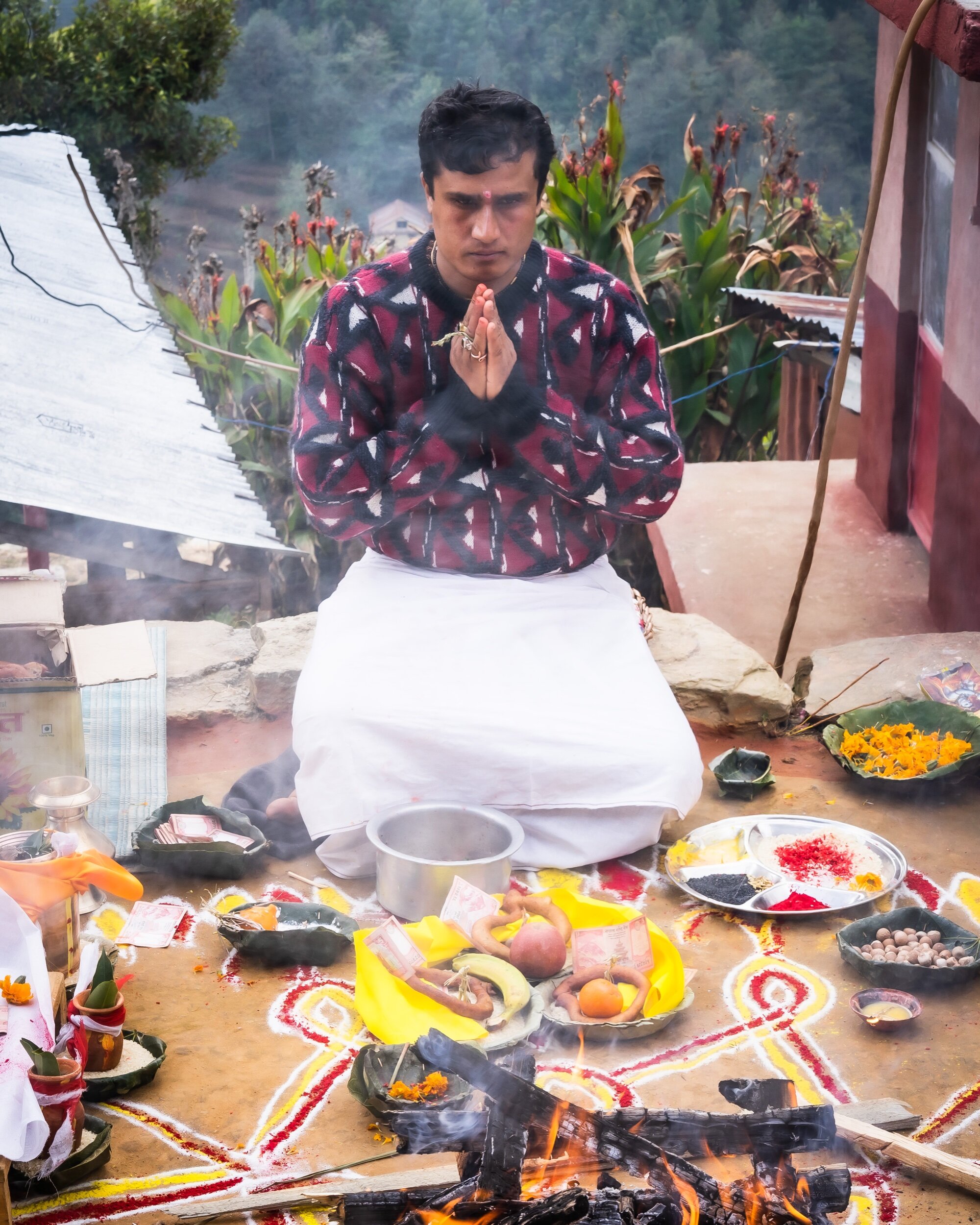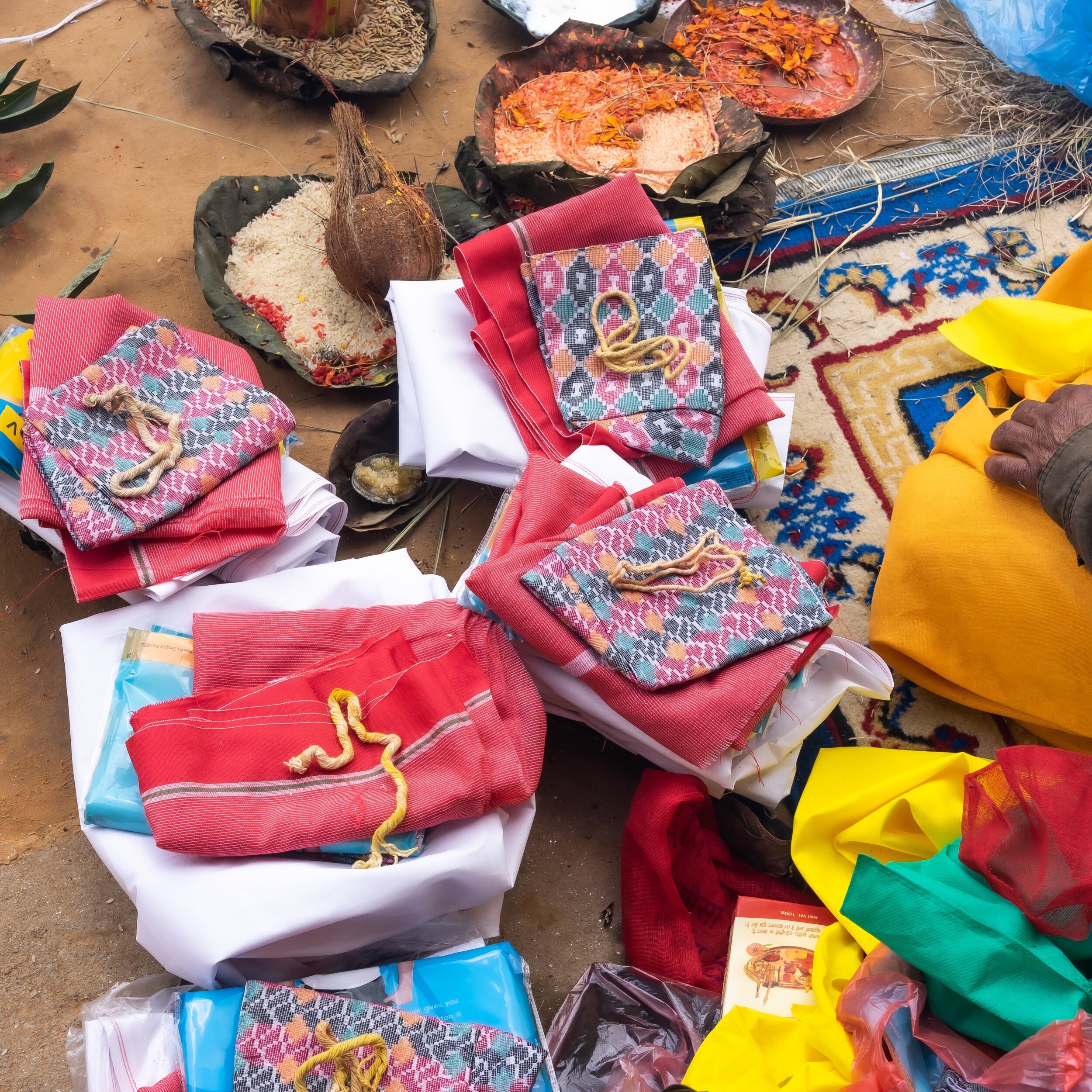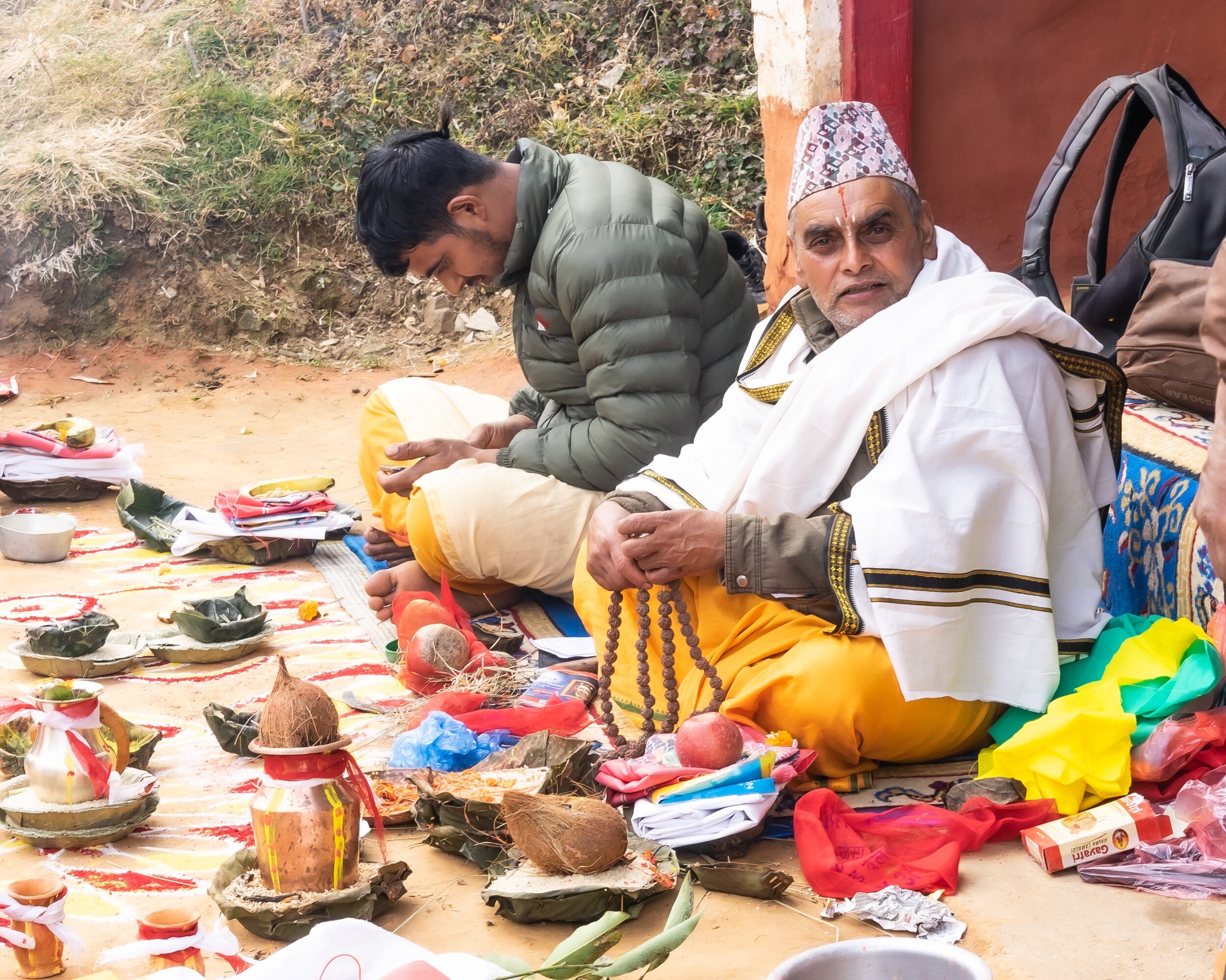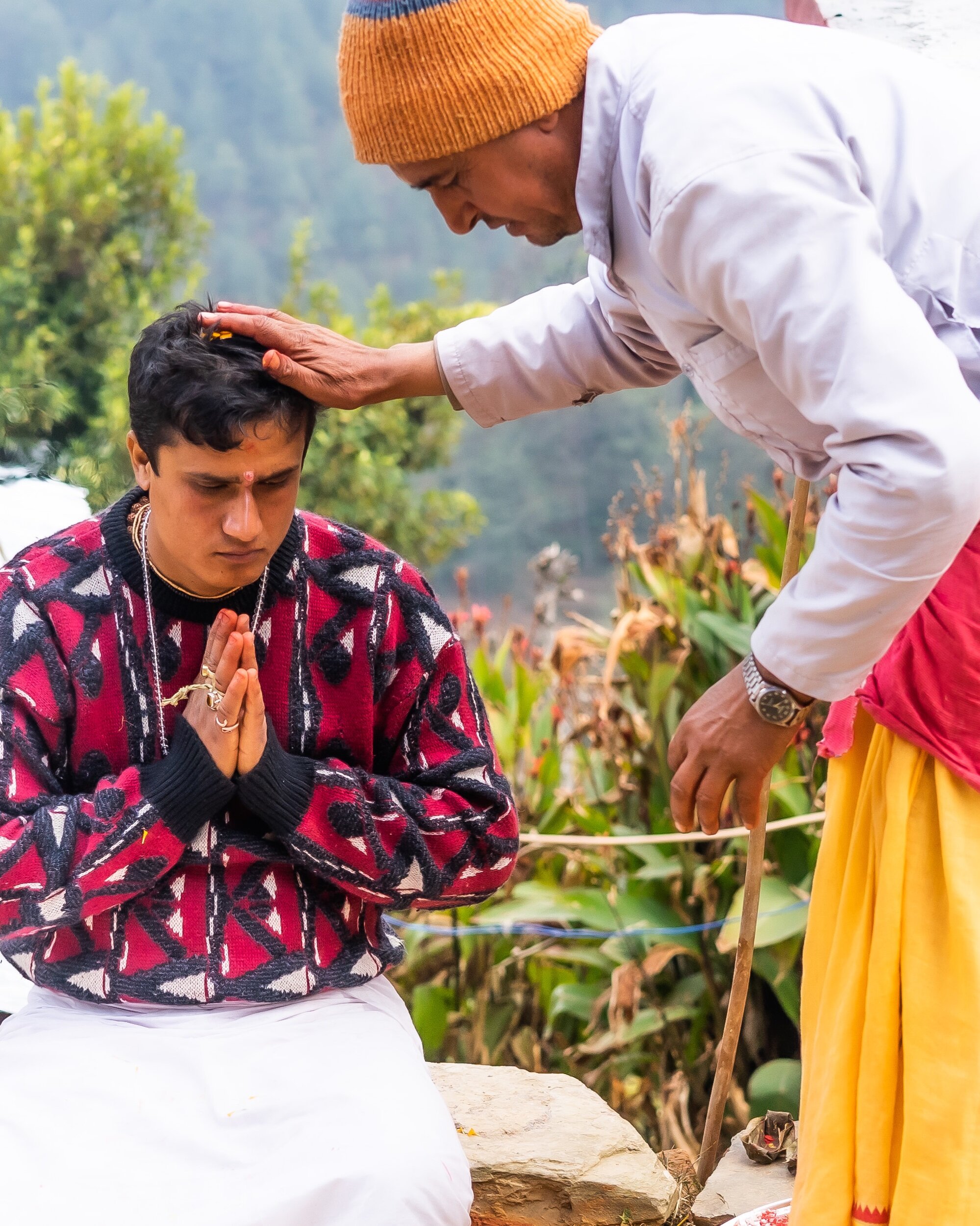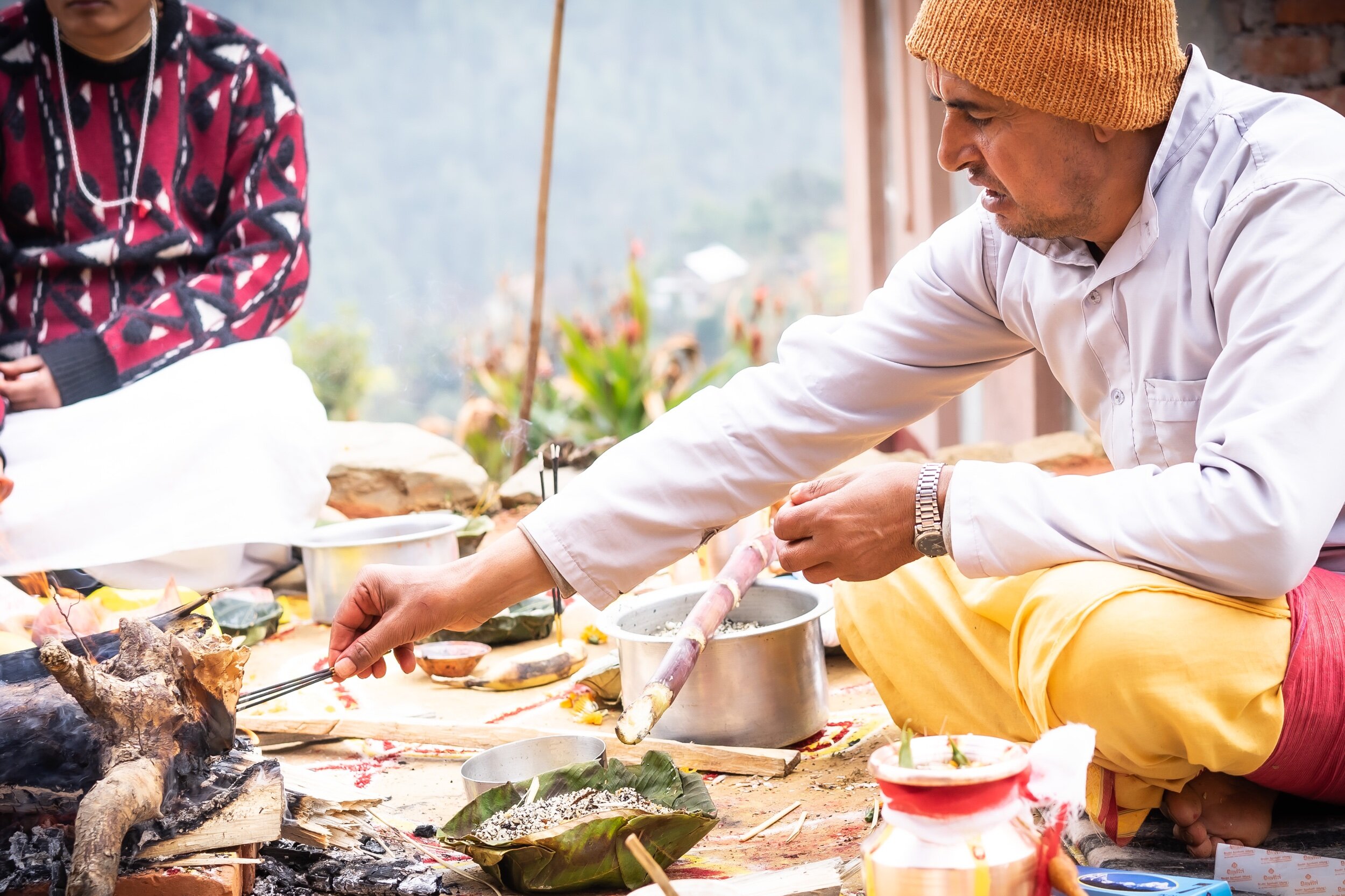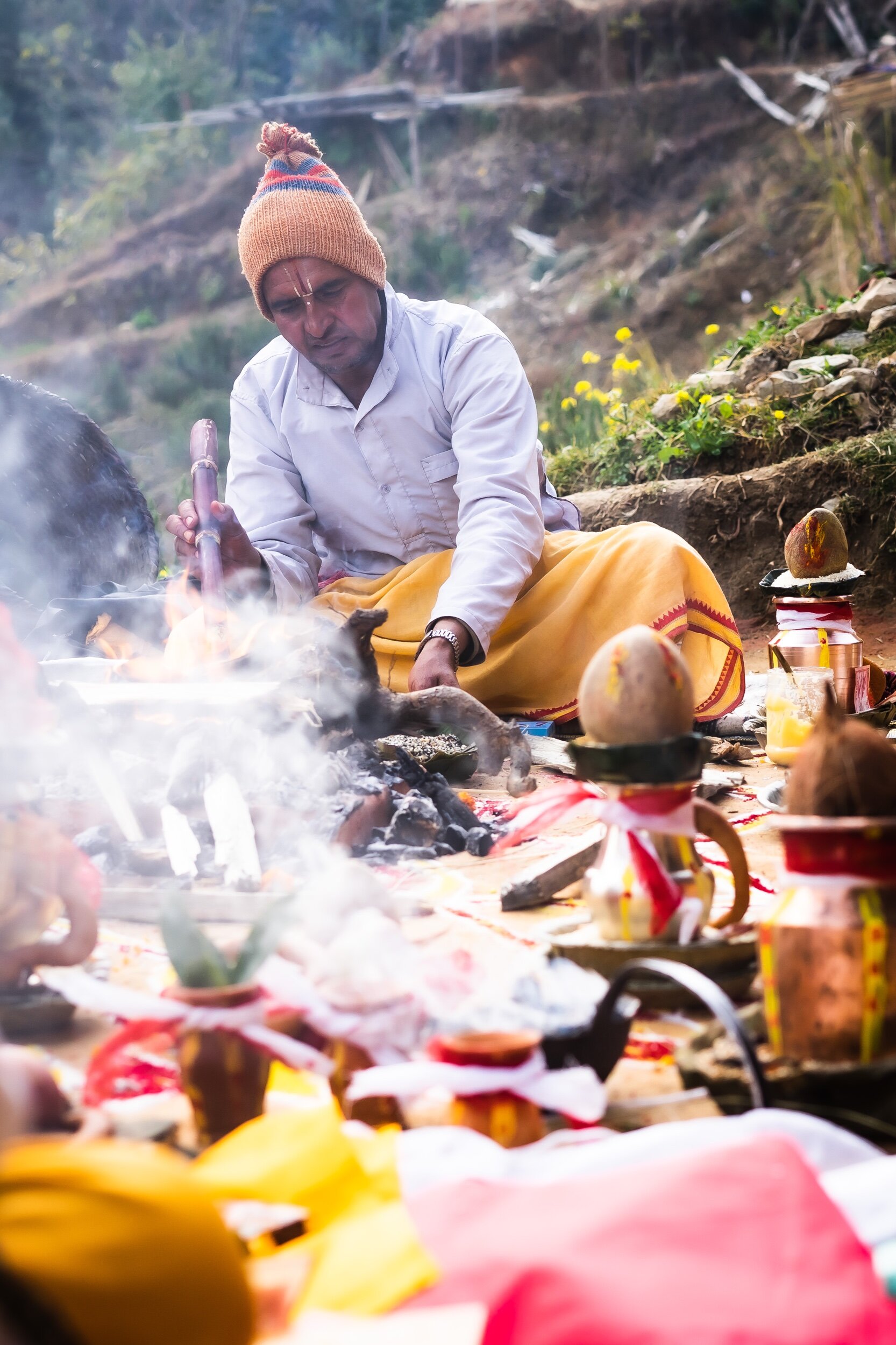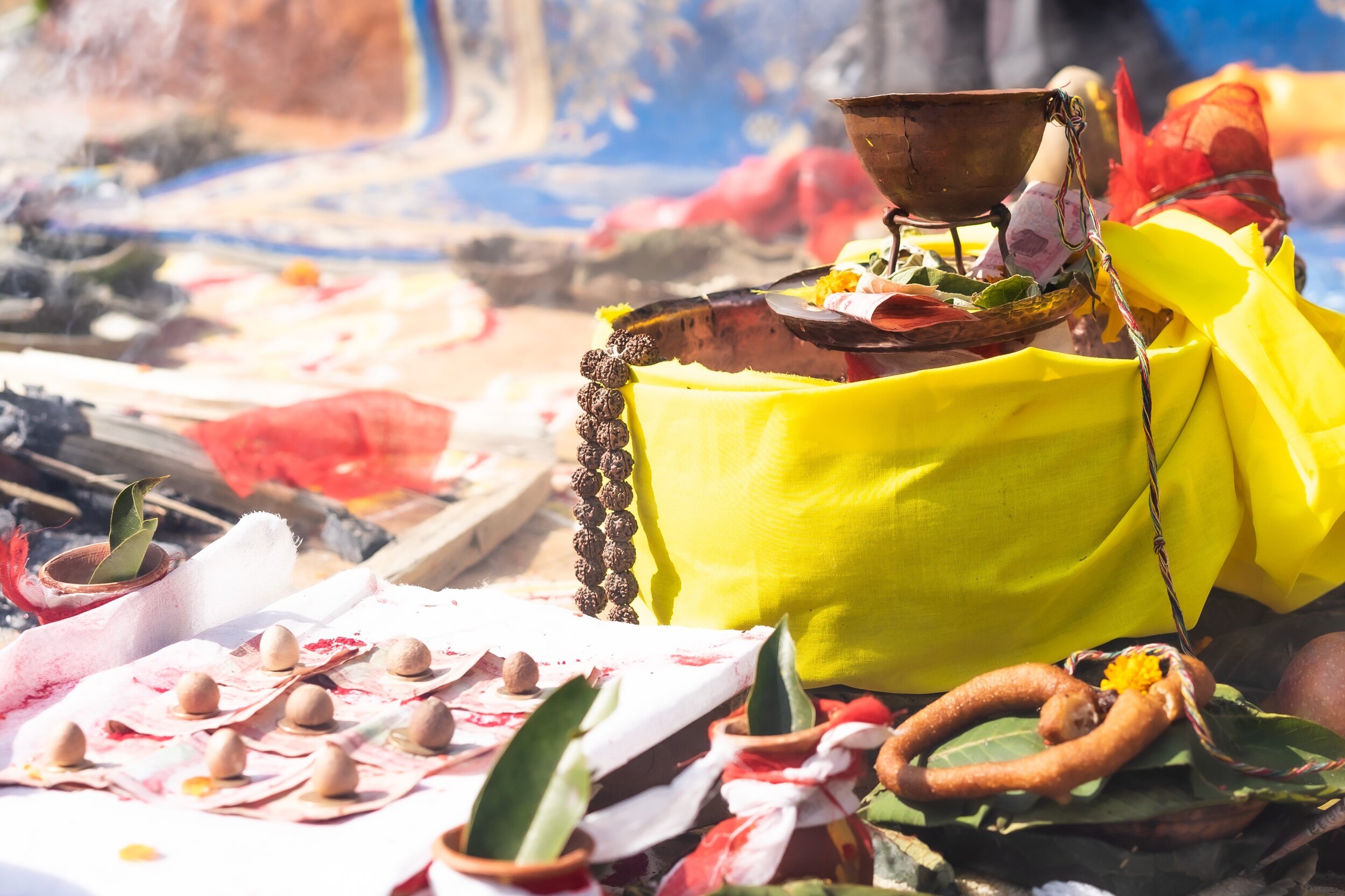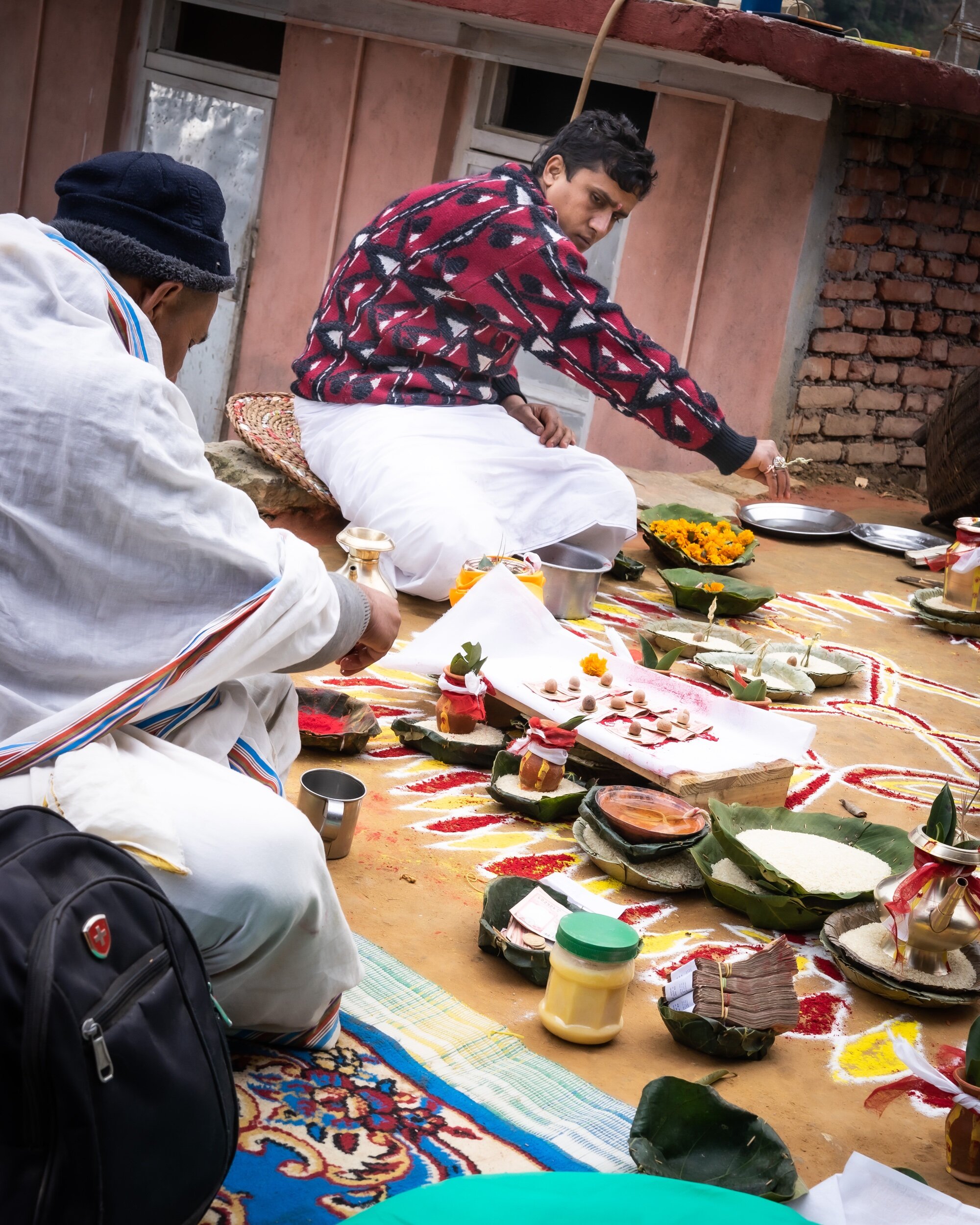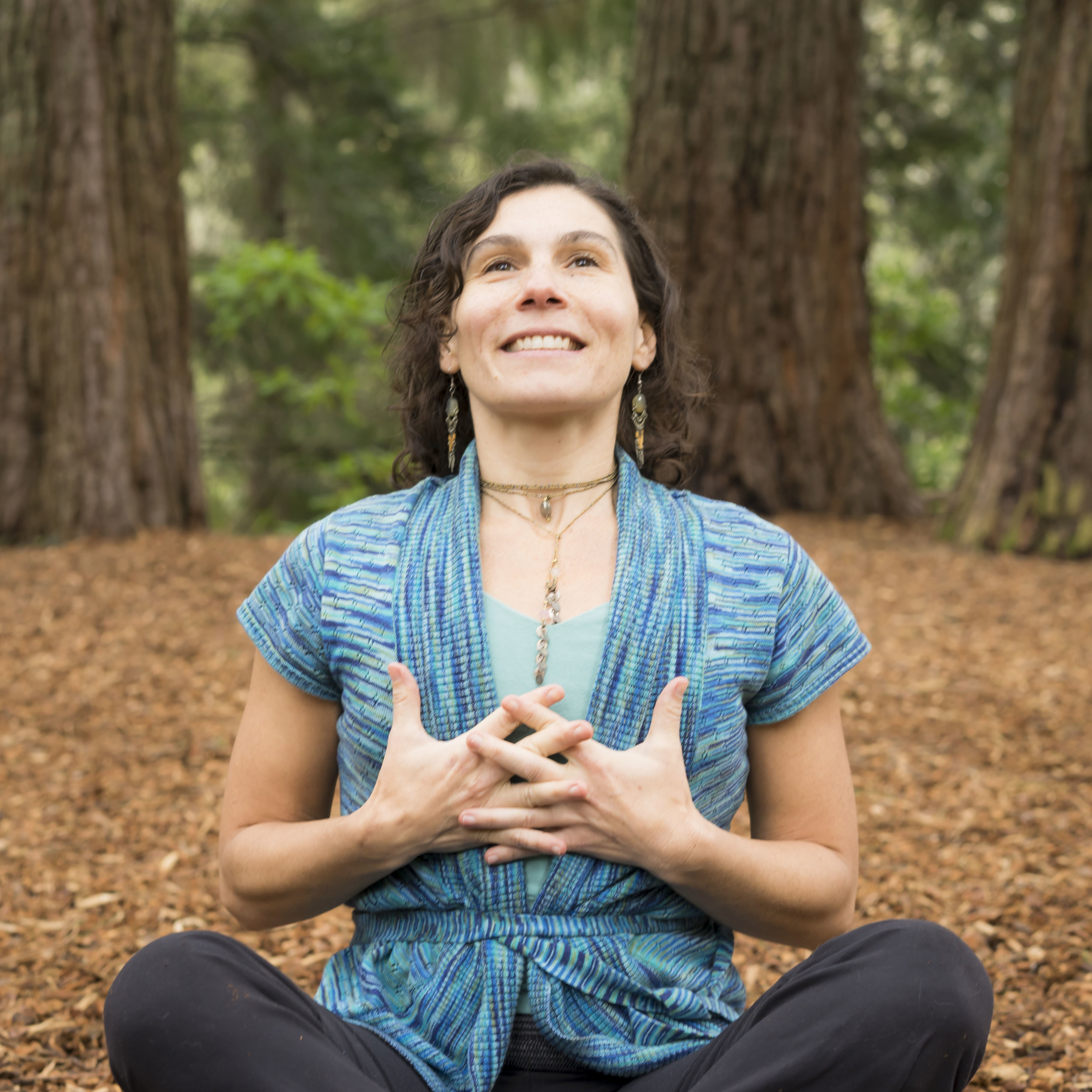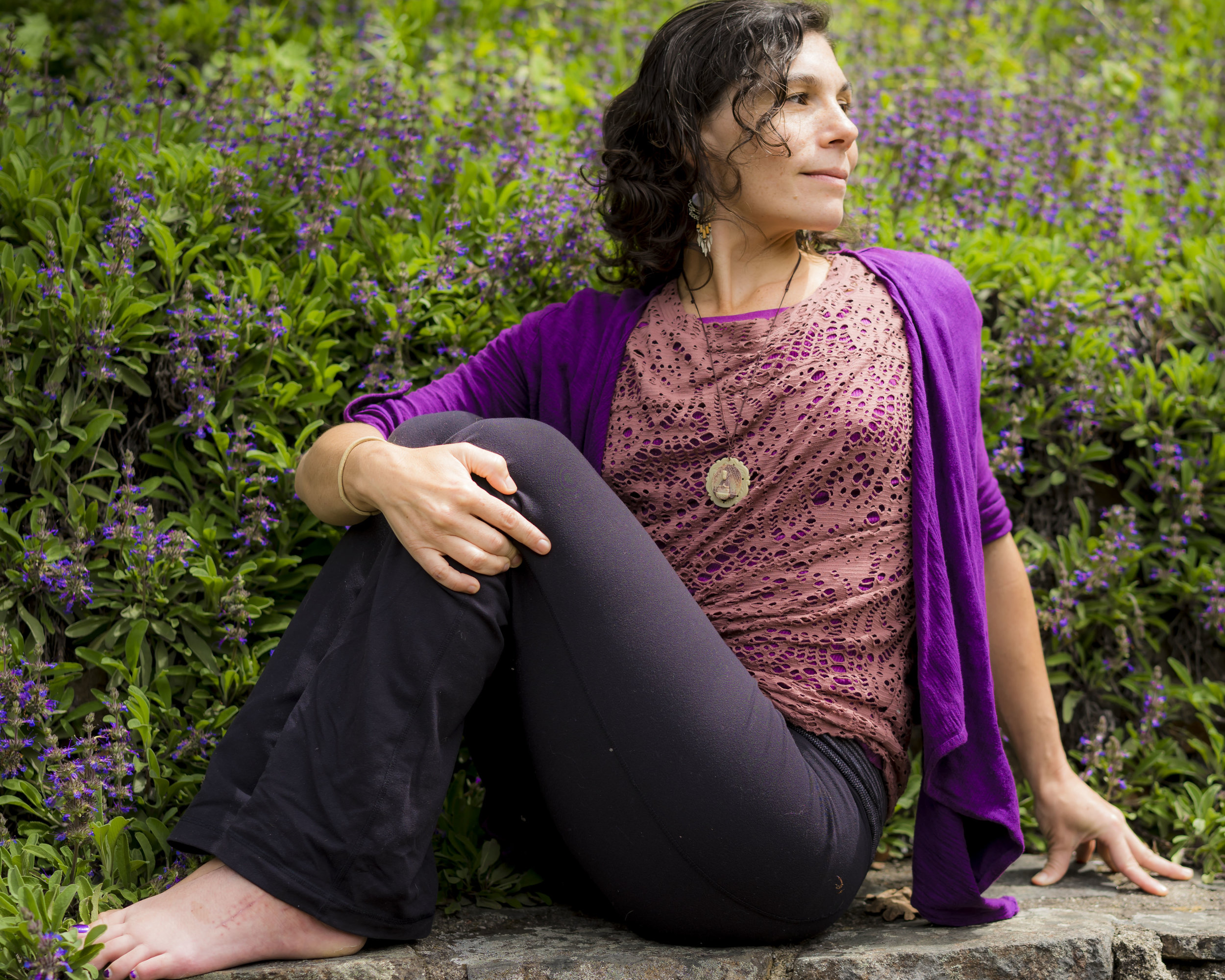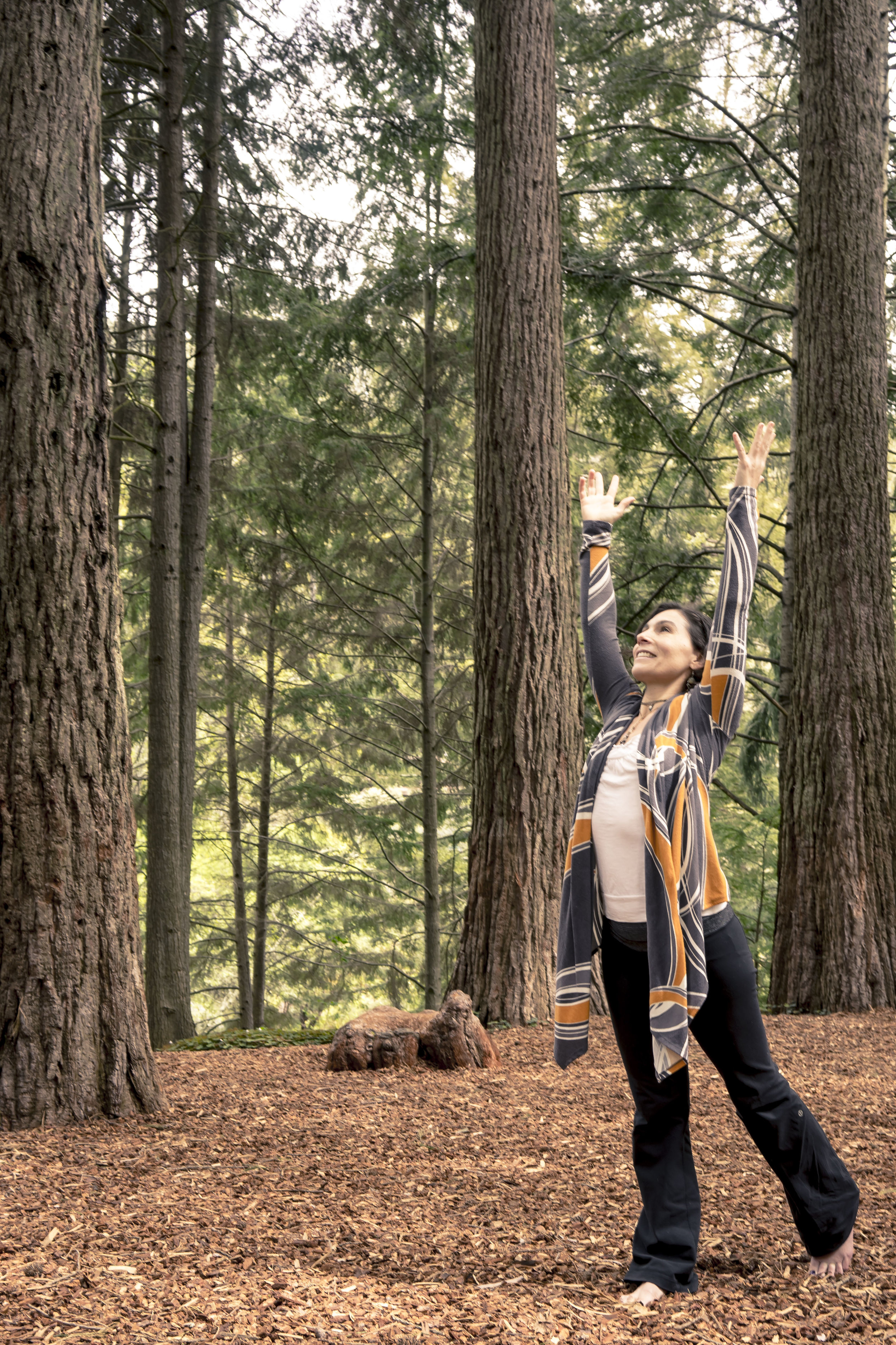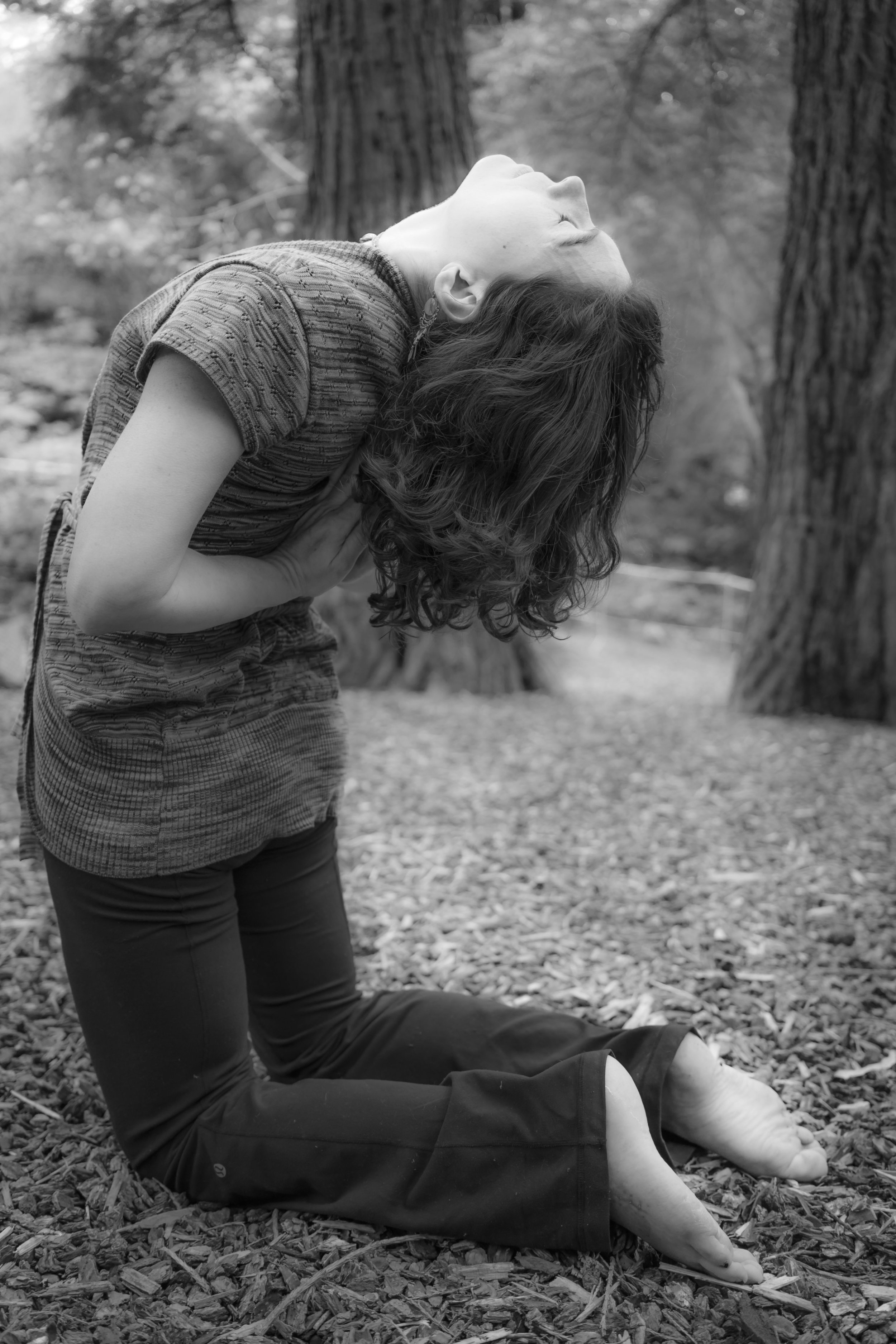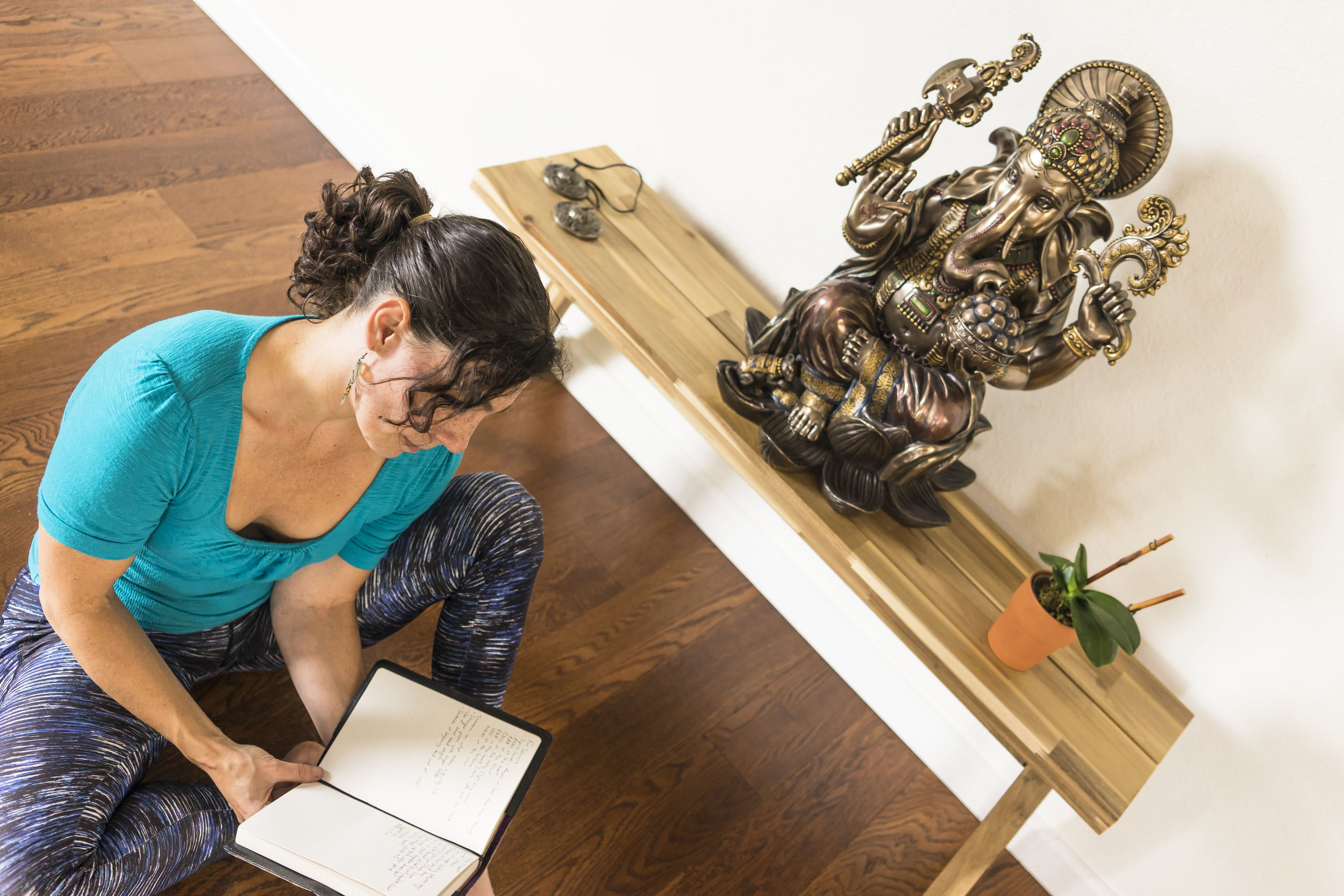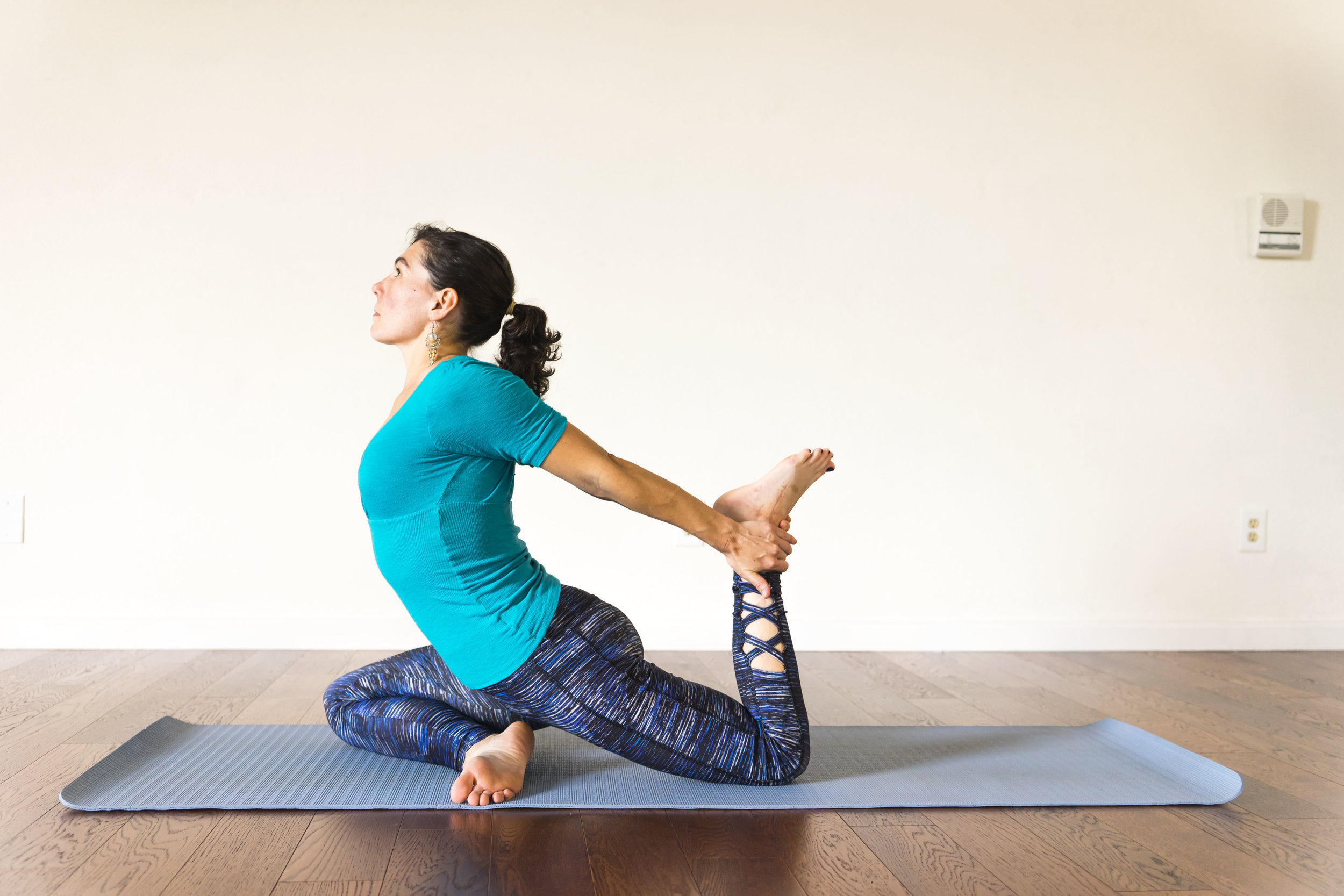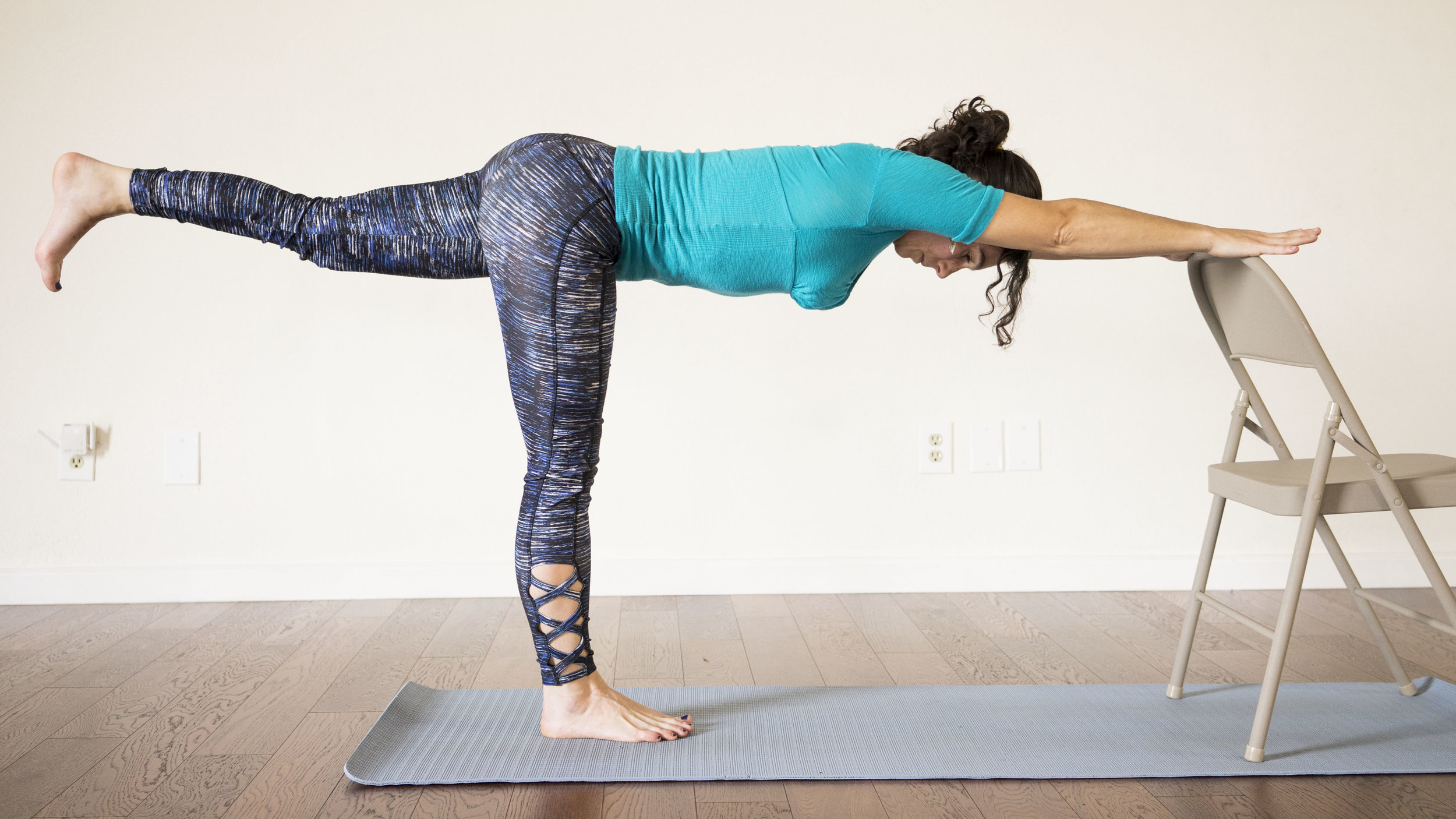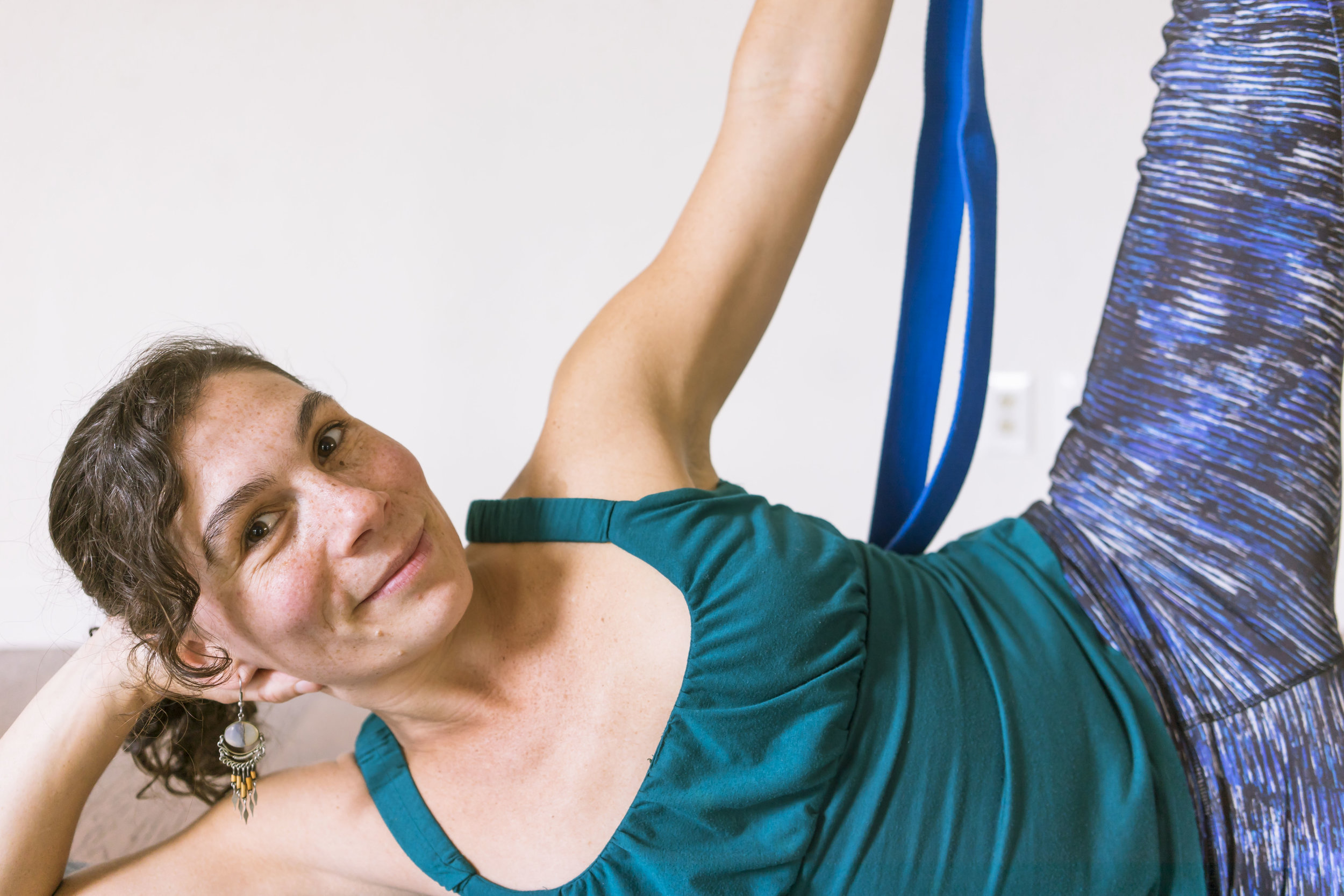Coronavirus has been the buzz word lately... all over the world of course, but equally so here at the Mount Mahabharat homestay. While I’m tucked away in a small village where people live close to the land, with social media, availability of news, and fellow international travelers, it is inevitable.
On one hand, it feels very safe to be here, in this place. In this village, on rural, terraced farmland, few groups of people are coming and going. I feel lucky to even be teaching yoga here as I see yoga studios are closing due to concerns about contamination on shared props. And in this time, what we need most is to calm our minds and nourish our bodies. As the underlying feeling of being unnerved and uncertain as to what the future holds heightens, our small group is grateful to practice yoga and meditation to bring a little bit of solace and spaciousness into our minds.
Nepal itself has had only one confirmed case, which occurred towards the beginning of the outbreak, and it has recovered. While bordering China and India, the situation in China has mitigated and the actual locations of outbreaks were geographically distant; India’s situation has not become a full blown problem yet as it has in Europe.
At the same time, there is so much uncertainty... I still hadn’t booked a flight home (and have finally confirmed it - but who knows what the situation will be like when that time comes) and wasn’t sure what route to take (many of them go through China, or Hong Kong, and now Europe poses a serious travel hazard)... another traveler who was planning to go next to India was not able to apply for her visa due to technical issues and when she was finally able to get through the system, India has closed its border to everyone... she then signed up for a Vipassana meditation and two days after she was accepted got a message saying it was cancelled due to the virus; another girl is in India for the next month and although from the USA she had been living in Spain and is now not sure if she should even go back. Travel from our home countries is being advised against, but as we are already here... it almost feels safer to be here than in our home countries (USA and Western Europe), where everything seems to be headed towards chaos.
Kamal, who runs the homestay, has expressed several times he doesn’t want to accept more foreign guests for the time being, or even a new yoga teacher when I leave. He is one of the few people in the village who brings tourists into this area, he doesn’t want to be responsible for an outbreak that affects his home community. And if it did come here, it would be such a problem - there are many older people, I’m sure with compromised immune systems, and health care is not nearby and has definite limitations in capacity.
China closed its side of Mount Everest to climbers for the season. Nepal followed suit a few days later. Visa-on-arrivals are now cancelled to all foreigners; visas can be obtained prior to arrival but travelers must carry a certificate of health showing that they have tested negative for the virus within the last few days. Nepal’s economy is taking a huge hit due to lack of tourism as the spring season begins, and many travelers canceling their trips. Apparently the tourist area of Kathmandu is like a ghost town. It had been so busy, almost overwhelming, when I was there several weeks ago. What will the trails be like when I begin trekking? Will things be open? Everything changes day by day.
News in Nepal is not always reliable and there are hyperboles and falsities here just like fake news around the world. It is hard to know what to believe. I watch the worldmeters reports every day watching the numbers go up around the globe, with growing concern for my friends and family back at home. From afar, I see the debates, the arguments, conspiracy theories, the apparent stockpiling of toilet paper (wtf, seriously, people???), the political spectacle that this has become in addition to the health and wellness concerns. While my opinion is no expert, my thoughts are this: build up your immune system by eating healthy, wash your hands, and especially if you are of the age and health to be a vector but not someone who would be as affected by the illness, be mindful of your actions and spread to others. As we practice social distancing, maybe this is the time to step back, look into ourselves, and work on our own spiritual and grounding practices. We can look at it as an opportunity for growth as well as letting go of what we feel like are important things but may just be distractions to our higher paths.
Who knows what will even happen when I try to get back... will I be quarantined? Neither Nepal, nor Turkey (where my layover is) has a bad problem now, but what will it be like in a month? Now that there is a new travel ban in place from Europe, what will it be like going to the airport. Will I even be able to start work as planned?
It is hard to know where this will lead, especially in a global context. Show love to your loved ones, take care of yourself, take time to go inward and in reflection if you cannot participate in so many group activities. Breathe, meditate, nourish yourself. This too shall pass.






